Haipere nyaya yacho
Admire Kamudzengerere, Troy Makaza
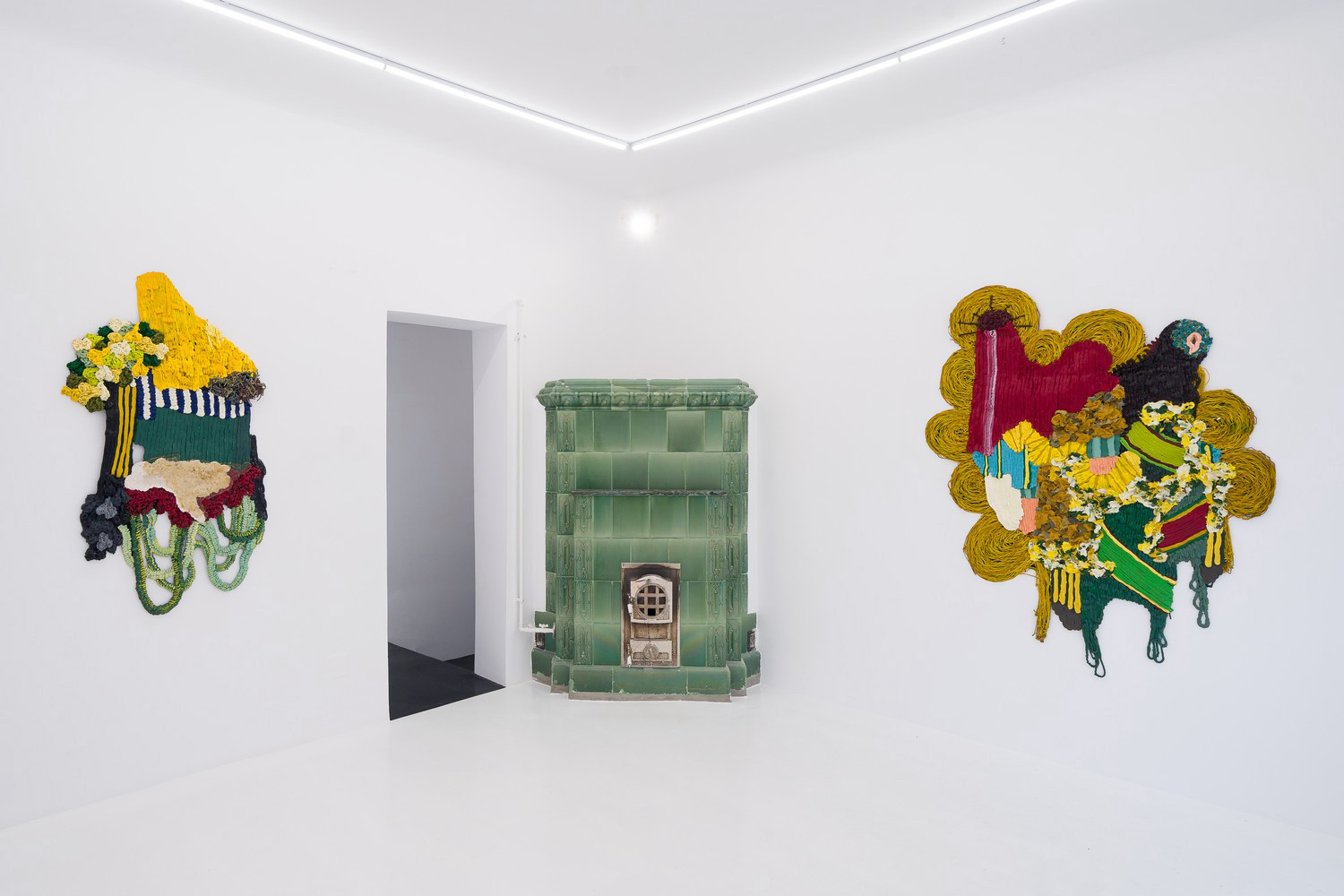
Troy Makaza
Court of arms, 2021 and don’t kiss every frog you come across, 2021
Installation View
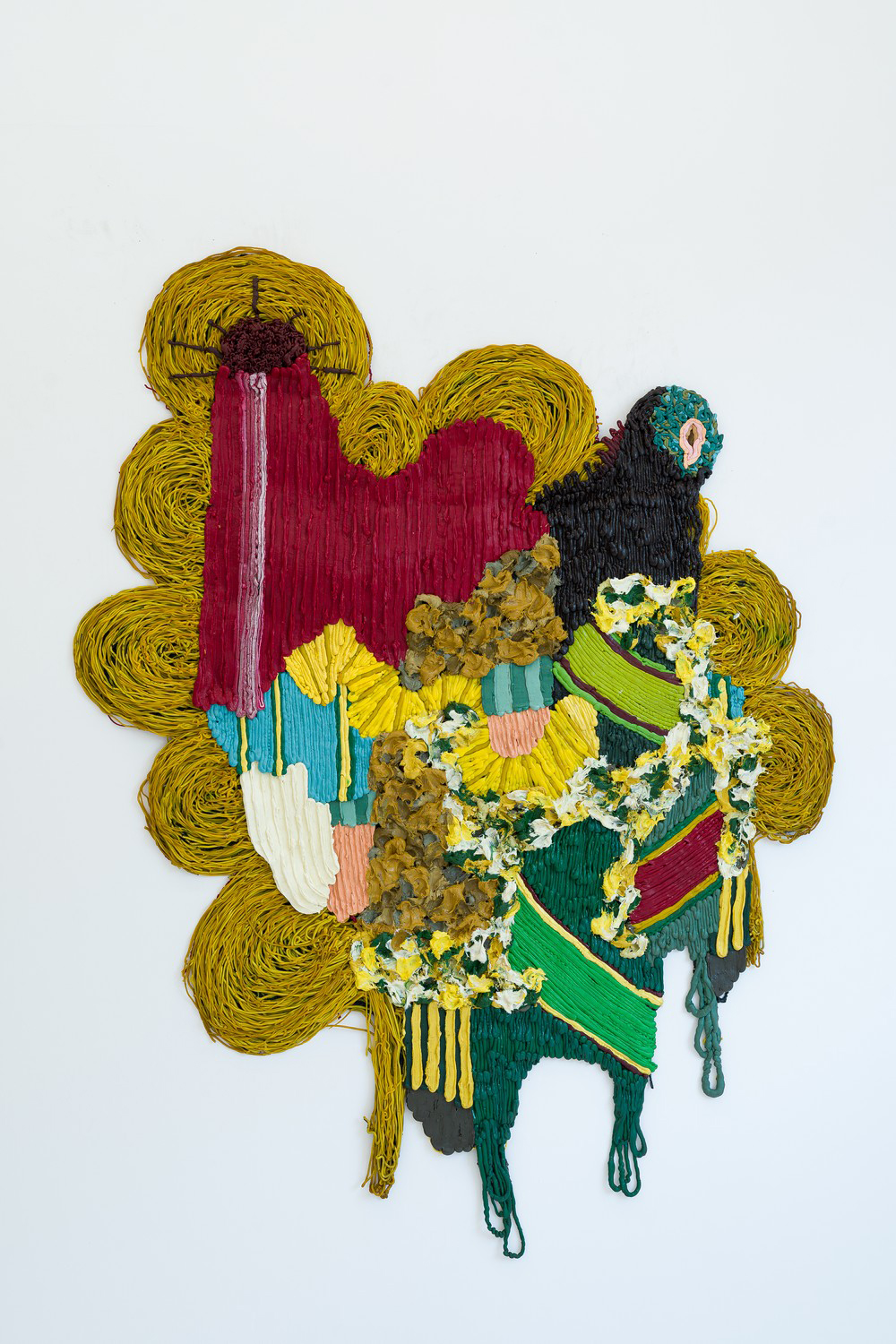
Troy Makaza
don’t kiss every frog you come across, 2021
Silicone infused with paint. 187 × 135 cm (74 × 53 in)
Installation View from Haipere nyaya yacho at Catinca Tabacaru, Bucharest RO
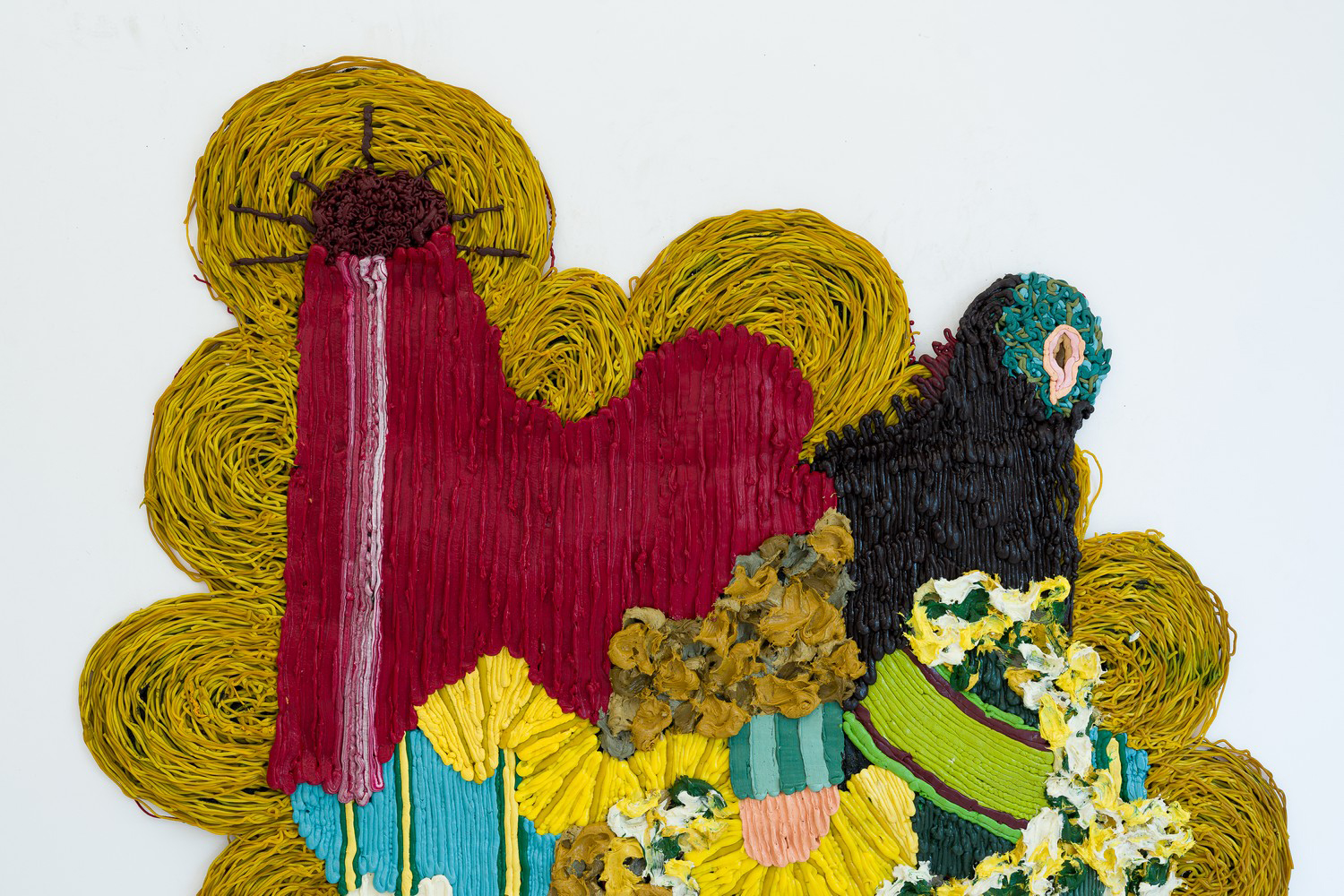
Troy Makaza
don’t kiss every frog you come across, 2021
Silicone infused with paint. 187 × 135 cm (74 × 53 in)
(Detail)
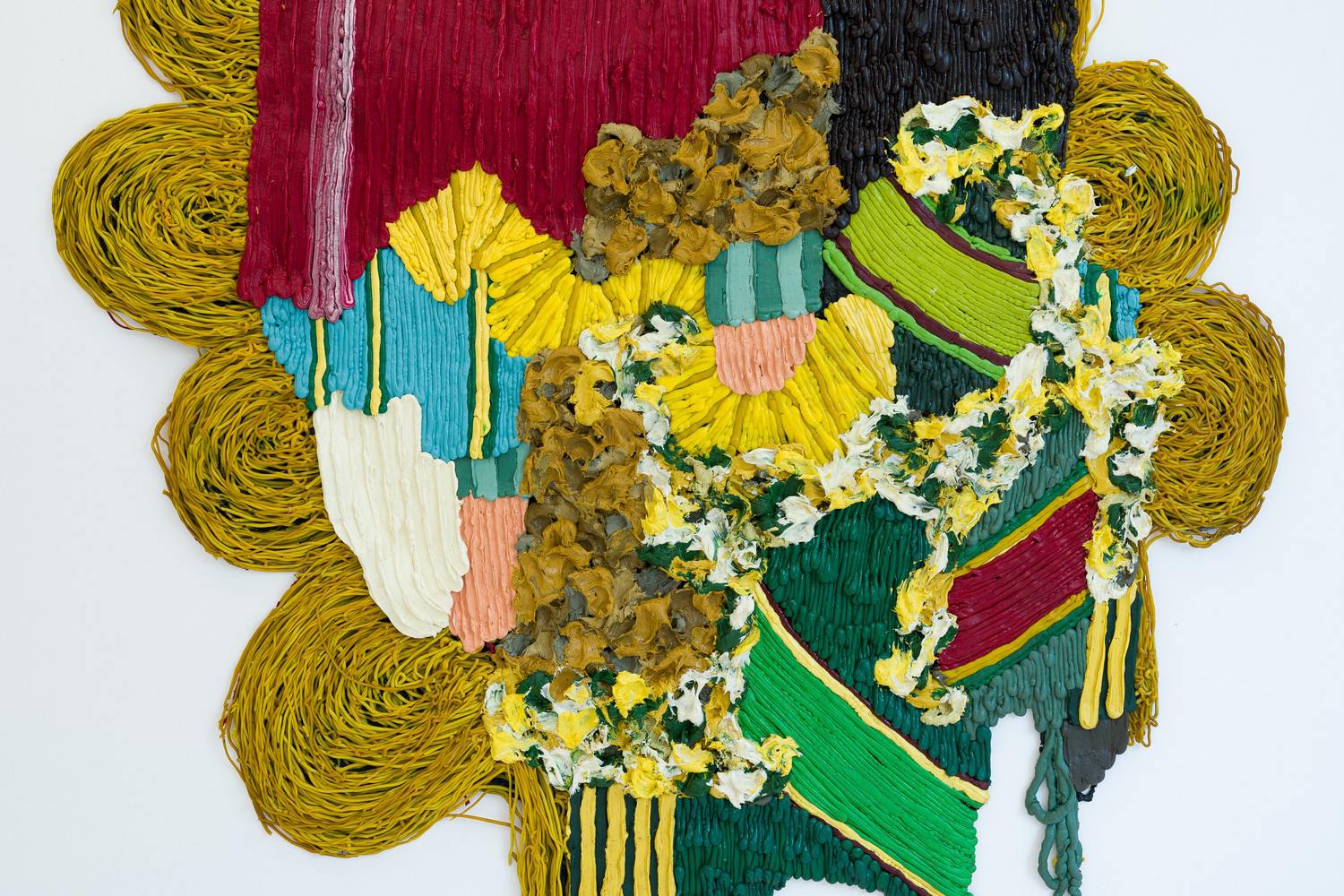
Troy Makaza
don’t kiss every frog you come across, 2021
Silicone infused with paint. 187 × 135 cm (74 × 53 in)
(Detail)
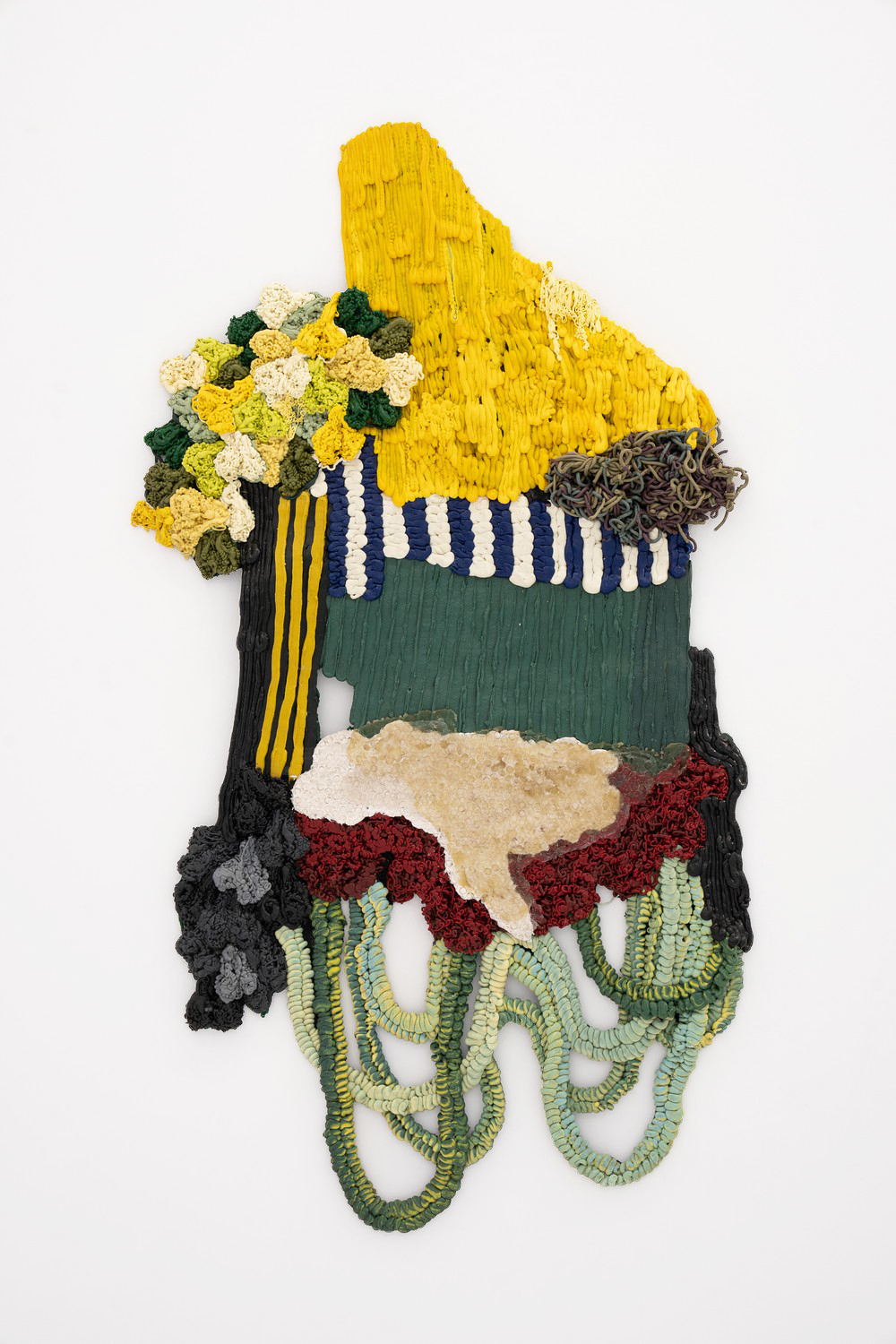
Troy Makaza
Court of arms, 2021
Silicone infused with paint.
Installation View in Haipere nyaya yacho at Catinca Tabacaru Gallery, Bucharest RO
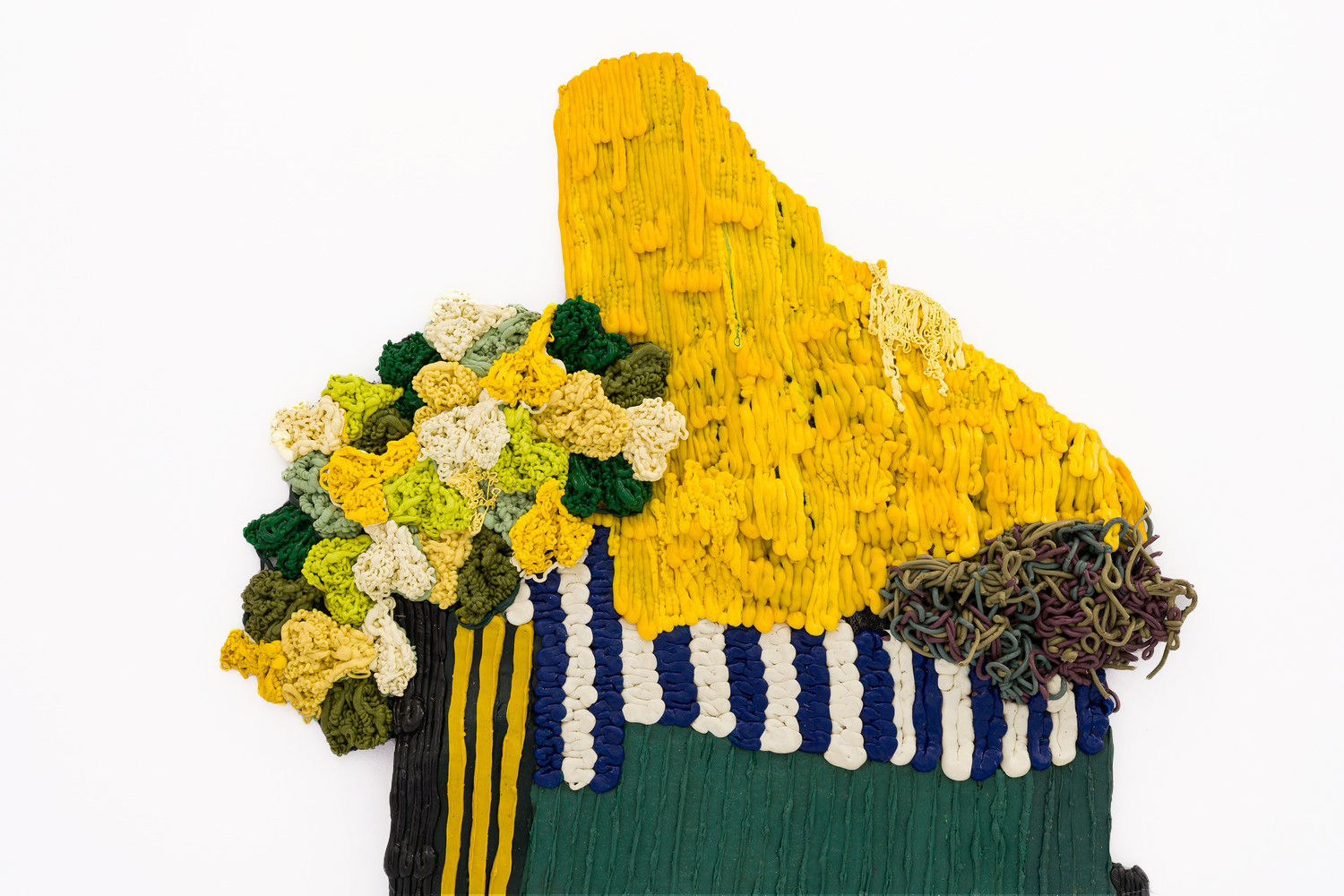
Troy Makaza
Court of arms, 2021
Silicone infused with paint. 143 × 86 cm (56 × 34 in)
(Detail)
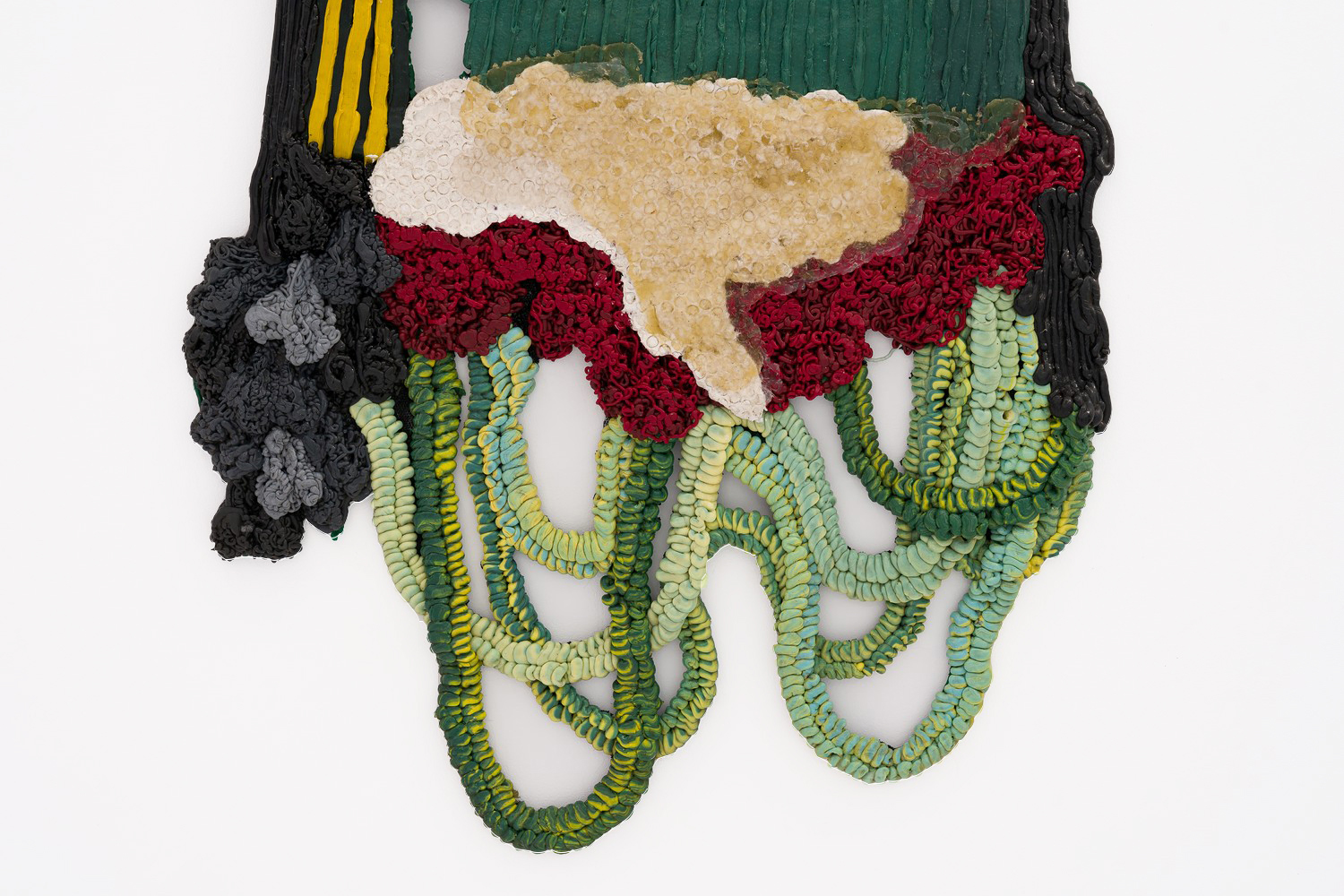
Troy Makaza
Court of arms, 2021
Silicone infused with paint. 143 × 86 cm (56 × 34 in)
(Detail)
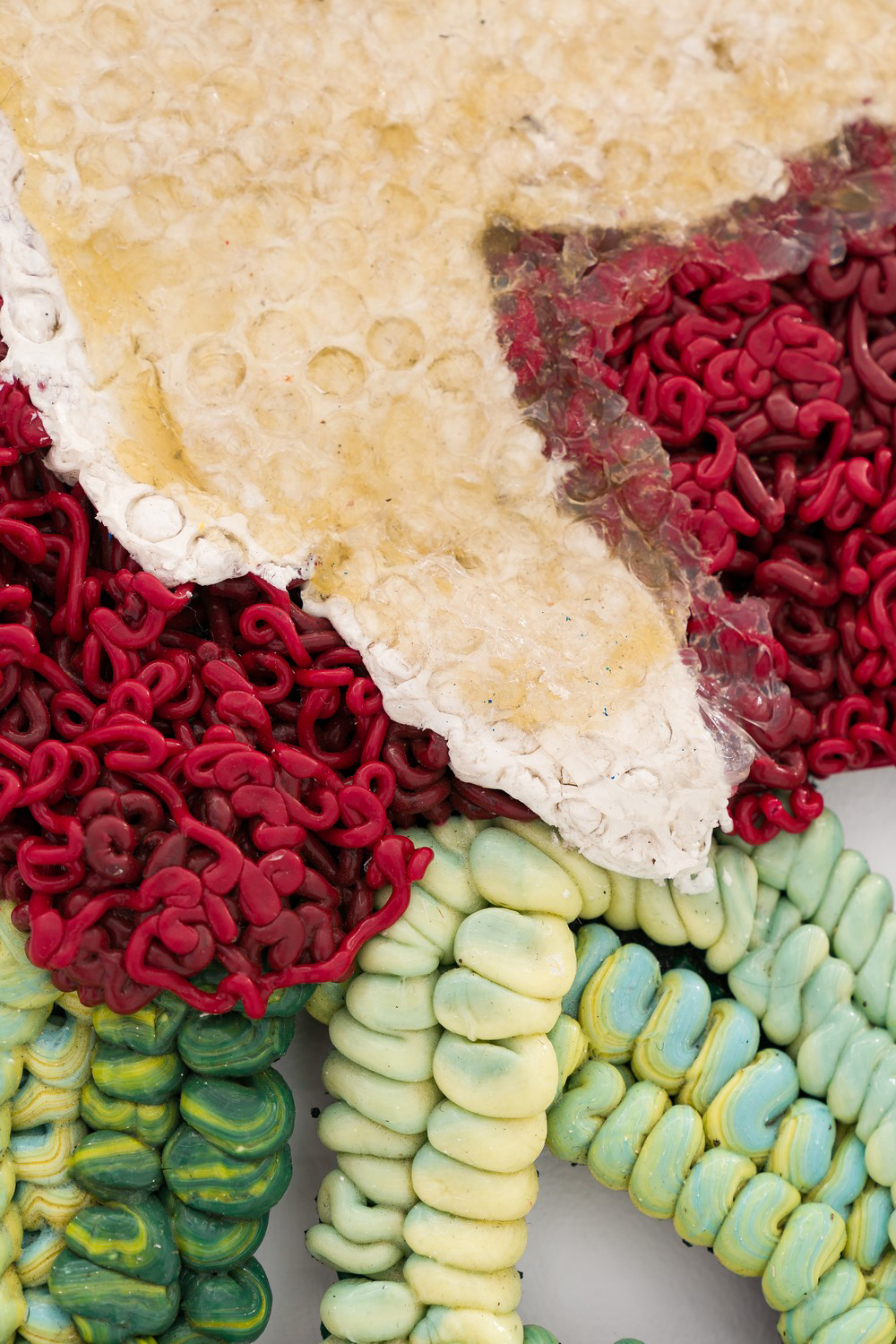
Troy Makaza
Court of arms, 2021
Silicone infused with paint. 143 × 86 cm (56 × 34 in)
(Detail)
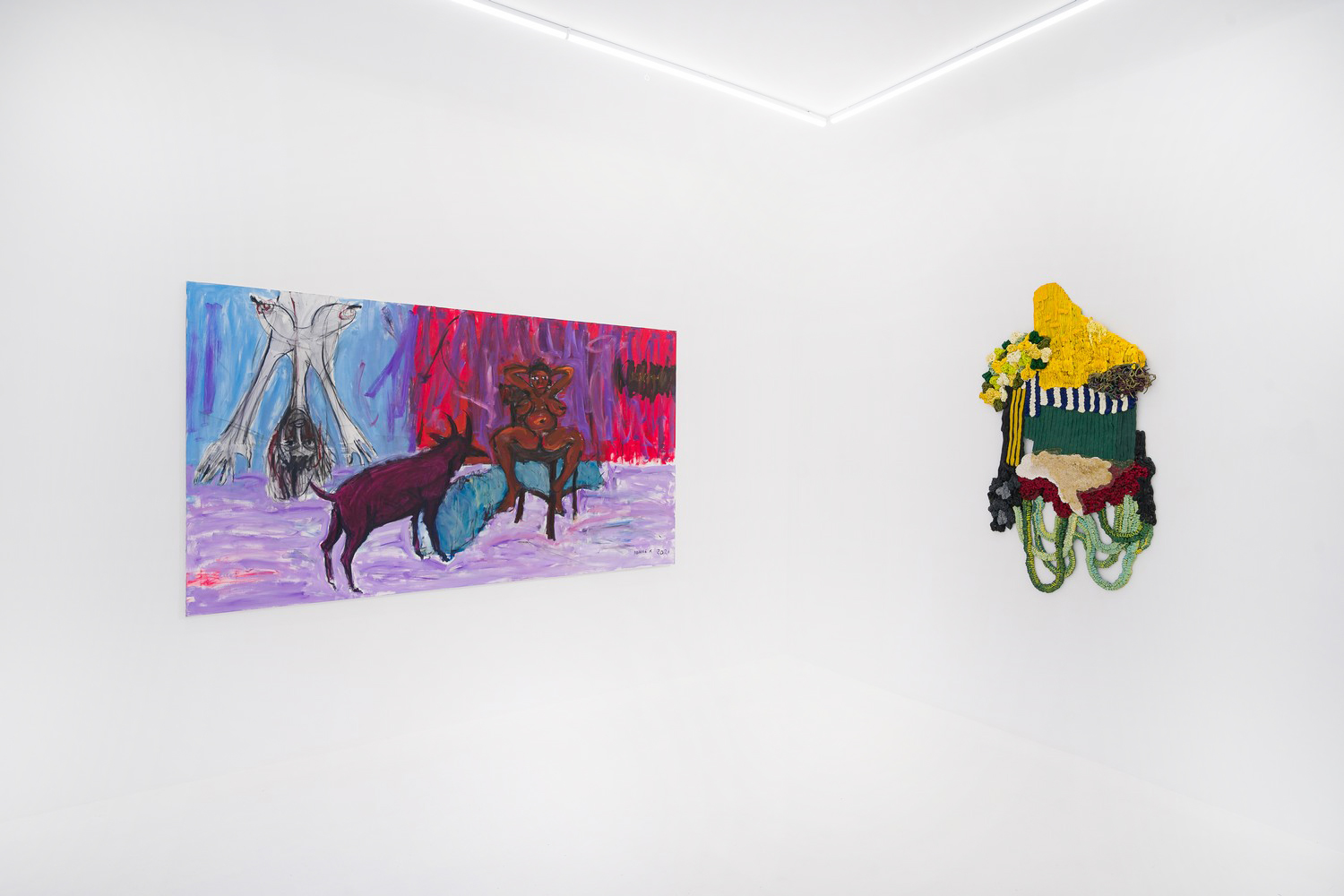
Admire Kamudzengerere and Troy Makaza
Beya, 2021 and Court of arms, 2021
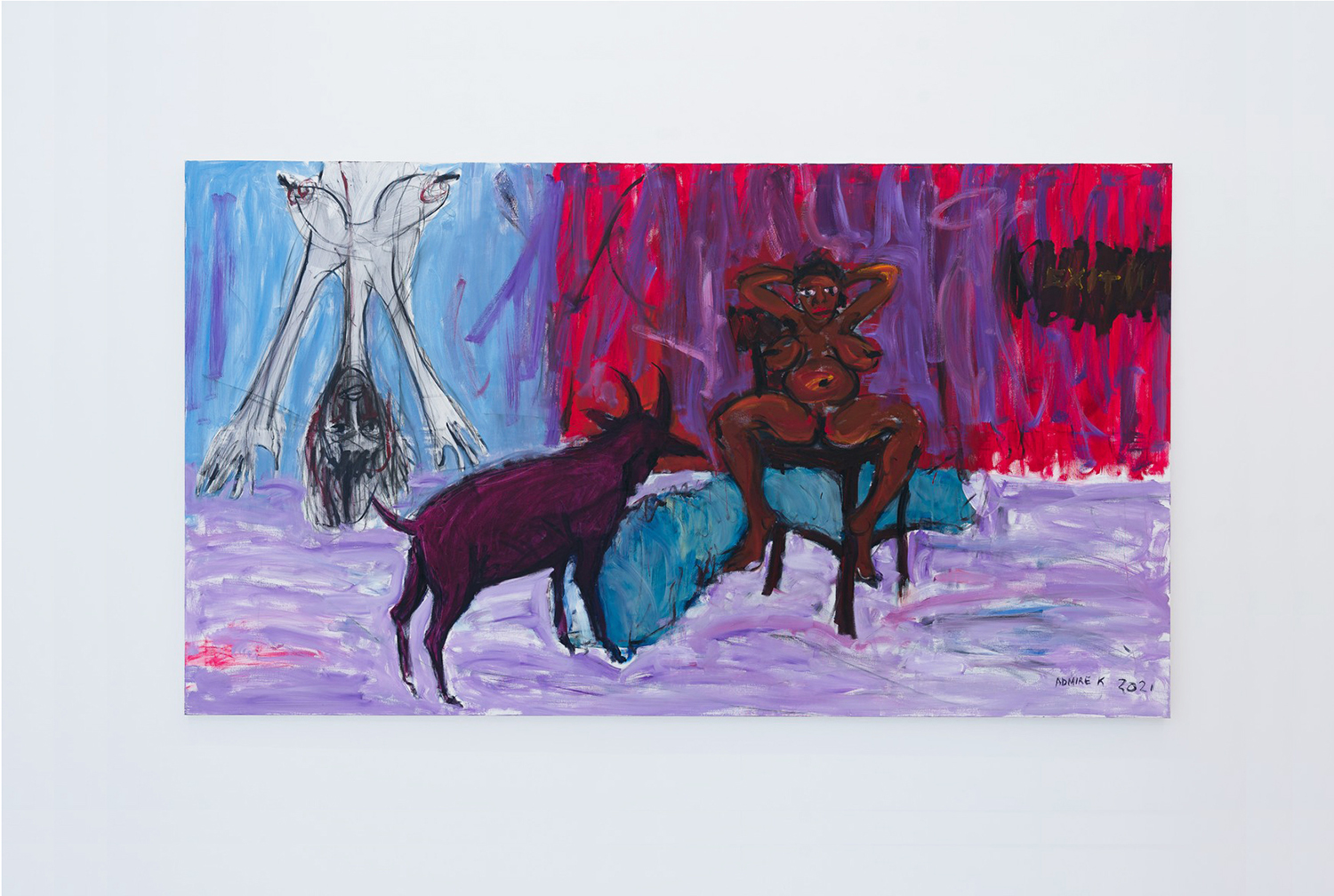
Admire Kamudzengerere
Beya, 2021
Oil on canvas, 135 × 240 cm (53 × 94.5 in). Installation View.
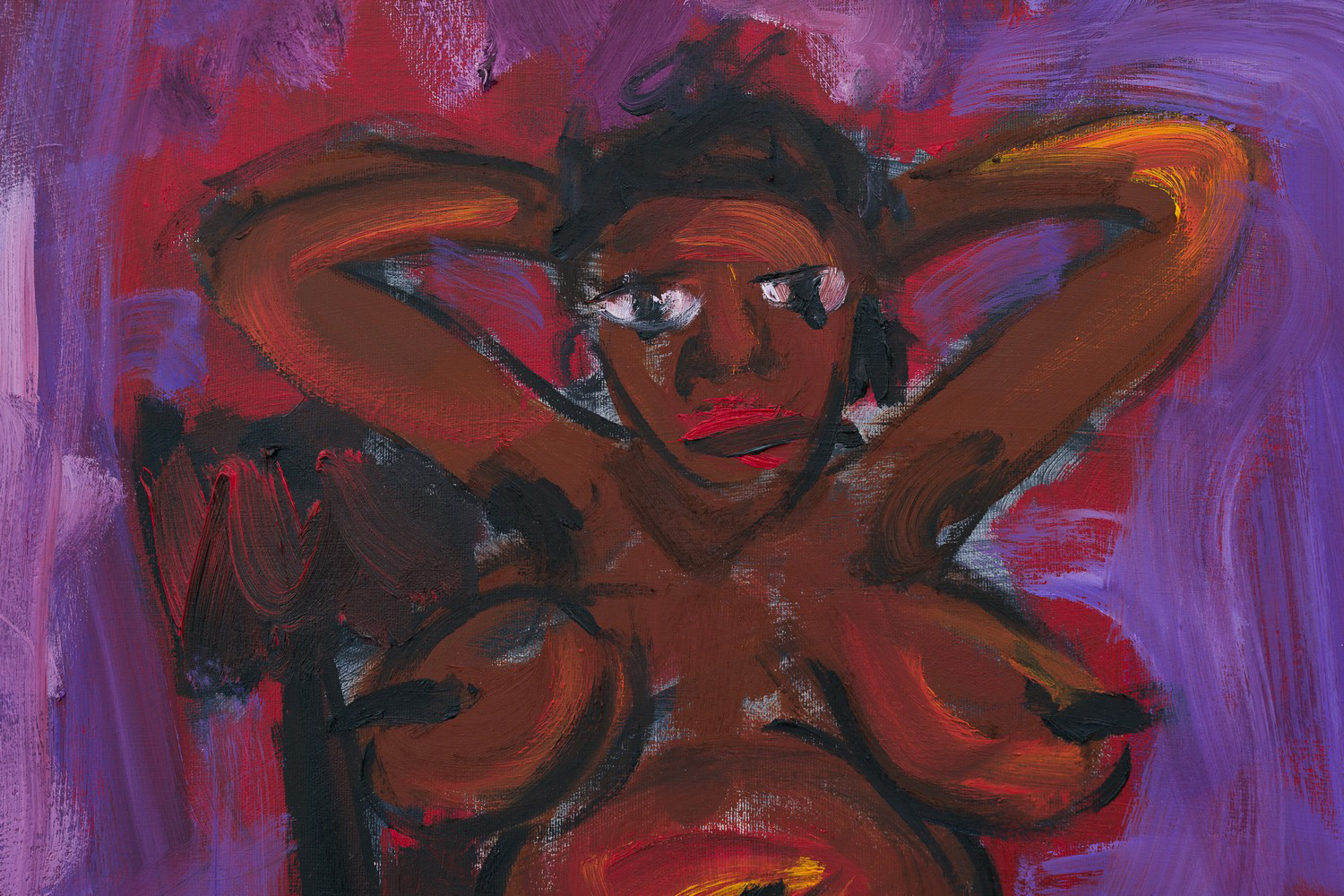
Admire Kamudzengerere
Beya, 2021
Oil on canvas, 135 × 240 cm (53 × 94.5 in)
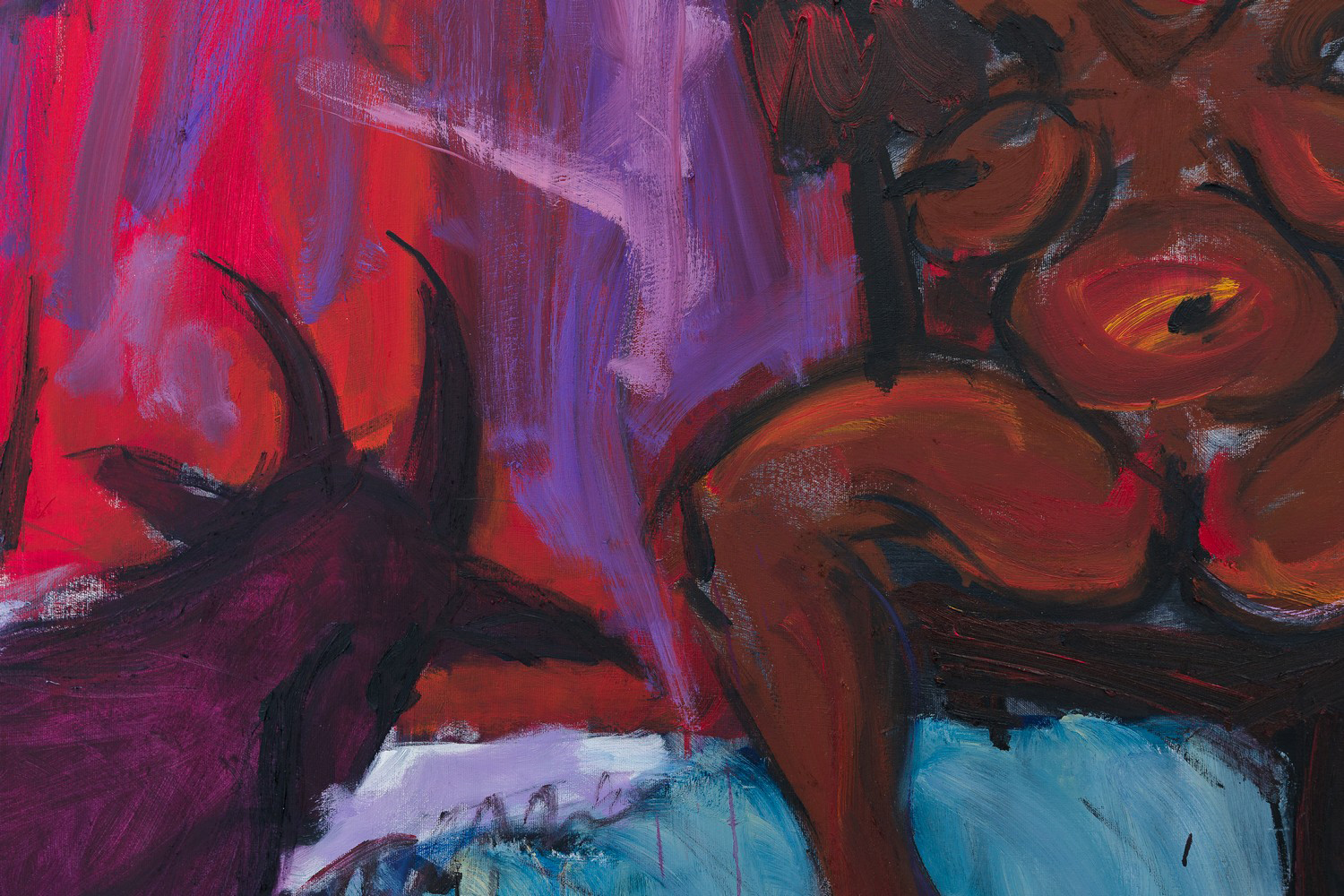
Admire Kamudzengerere
Beya, 2021
Oil on canvas, 135 × 240 cm (53 × 94.5 in)
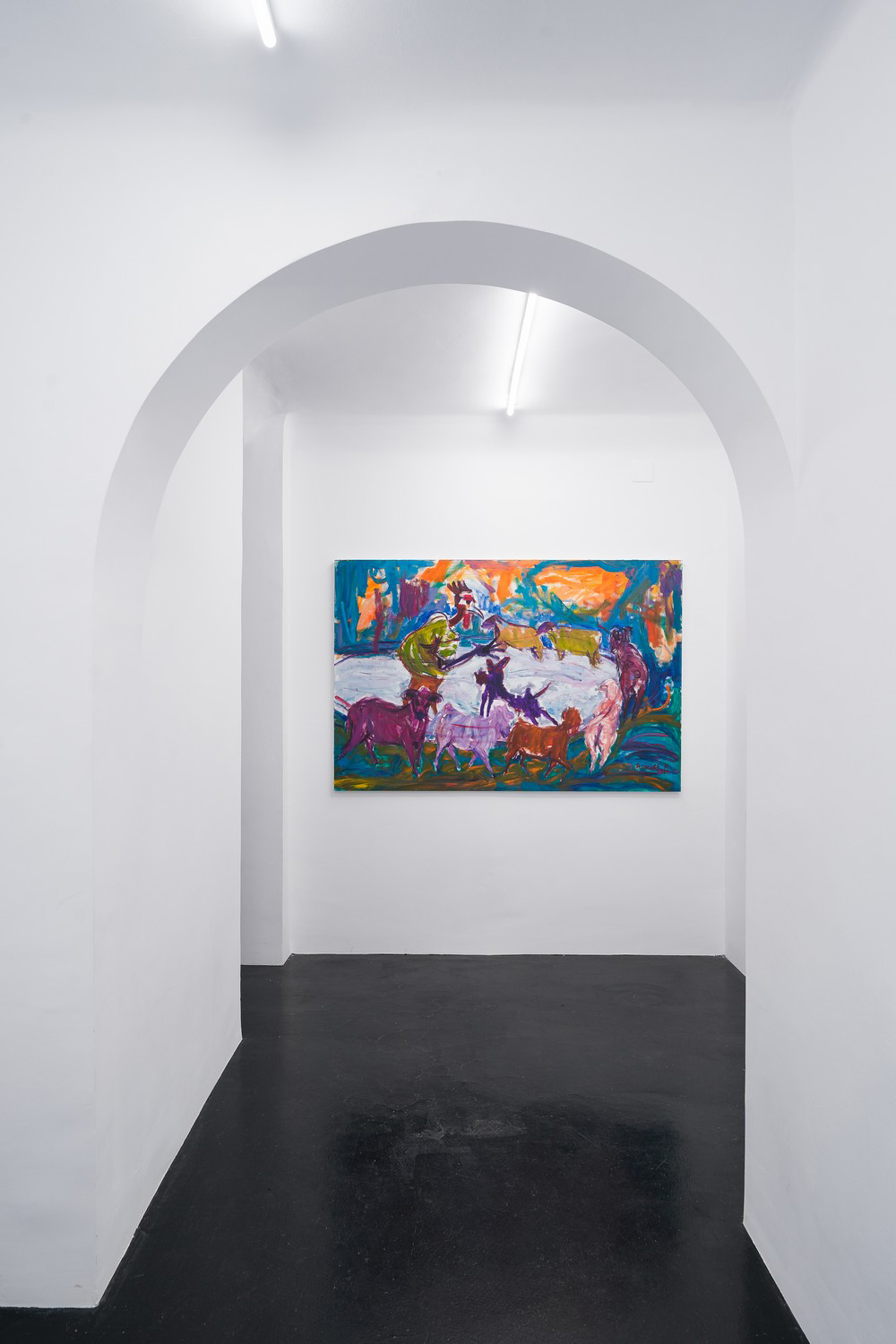
Admire Kamudzengerere
Mhoro hwai, 2021
Installation View
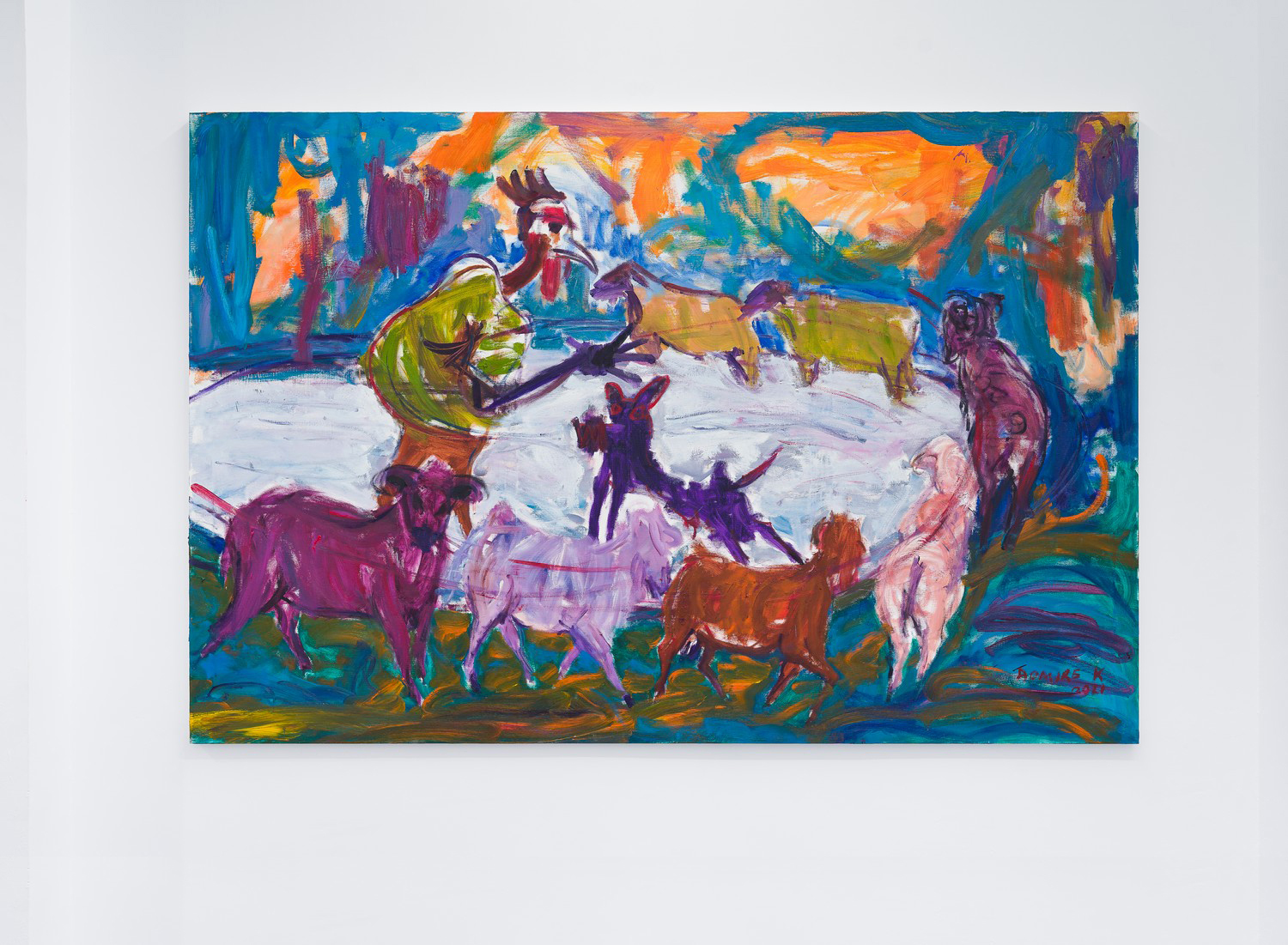
Admire Kamudzengerere
Mhoro hwai, 2021
Oil on canvas, 120 × 180 cm (47 × 71 in)

Admire Kamudzengerere
Mhoro hwai, 2021
Oil on canvas, 120 × 180 cm (47 × 71 in) (Detail)
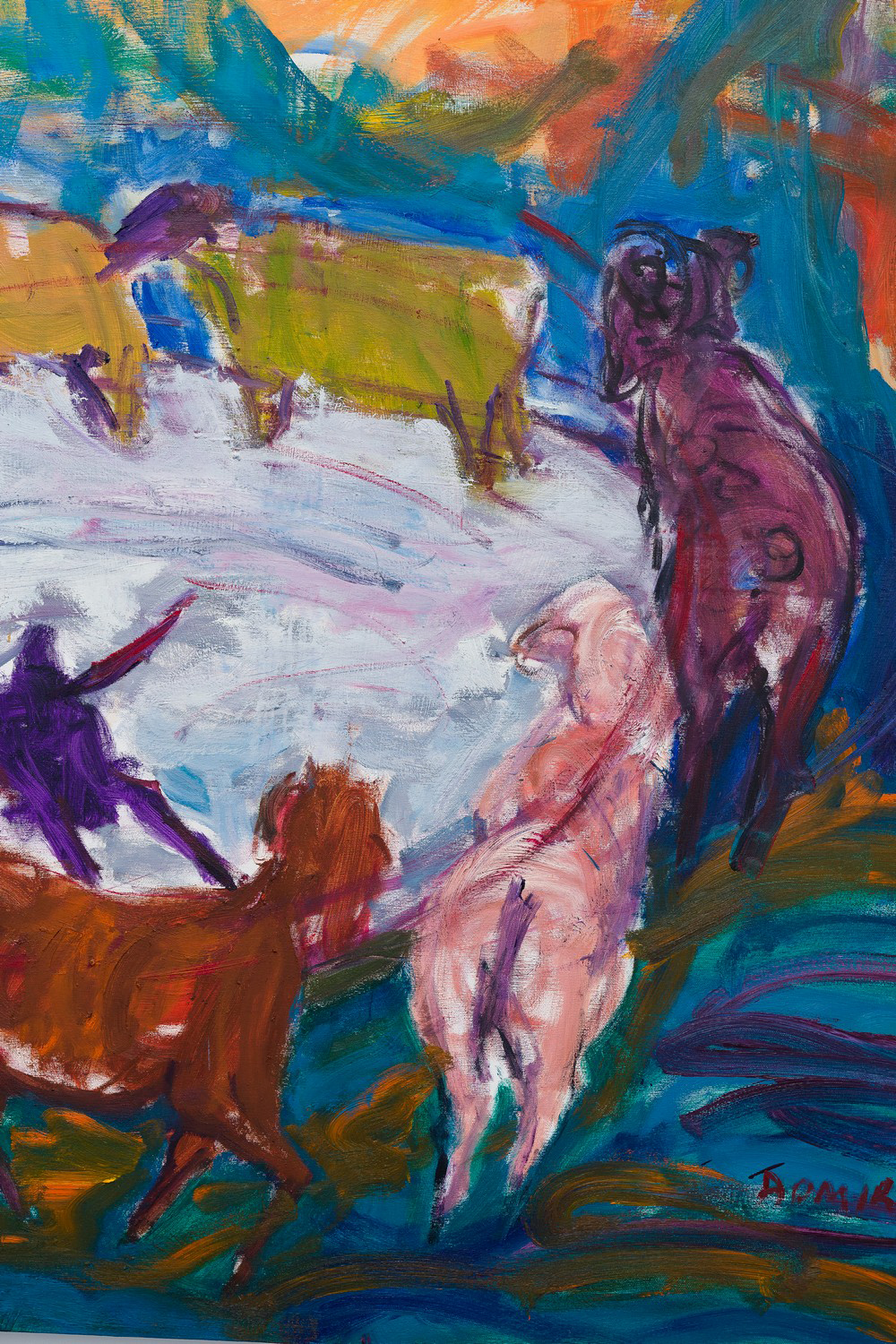
Admire Kamudzengerere
Mhoro hwai, 2021
Oil on canvas, 120 × 180 cm (47 × 71 in) (Detail)
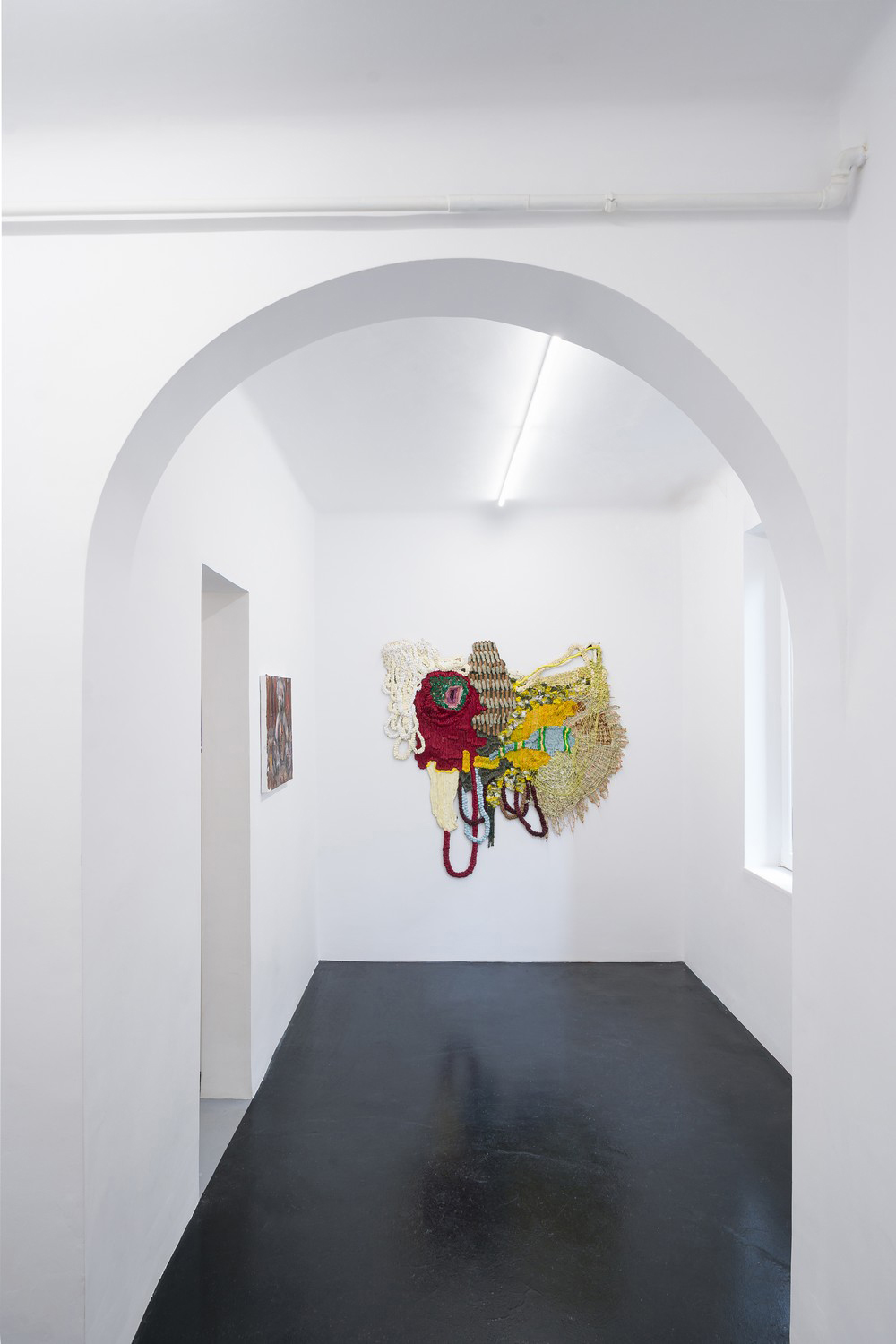
Installation View
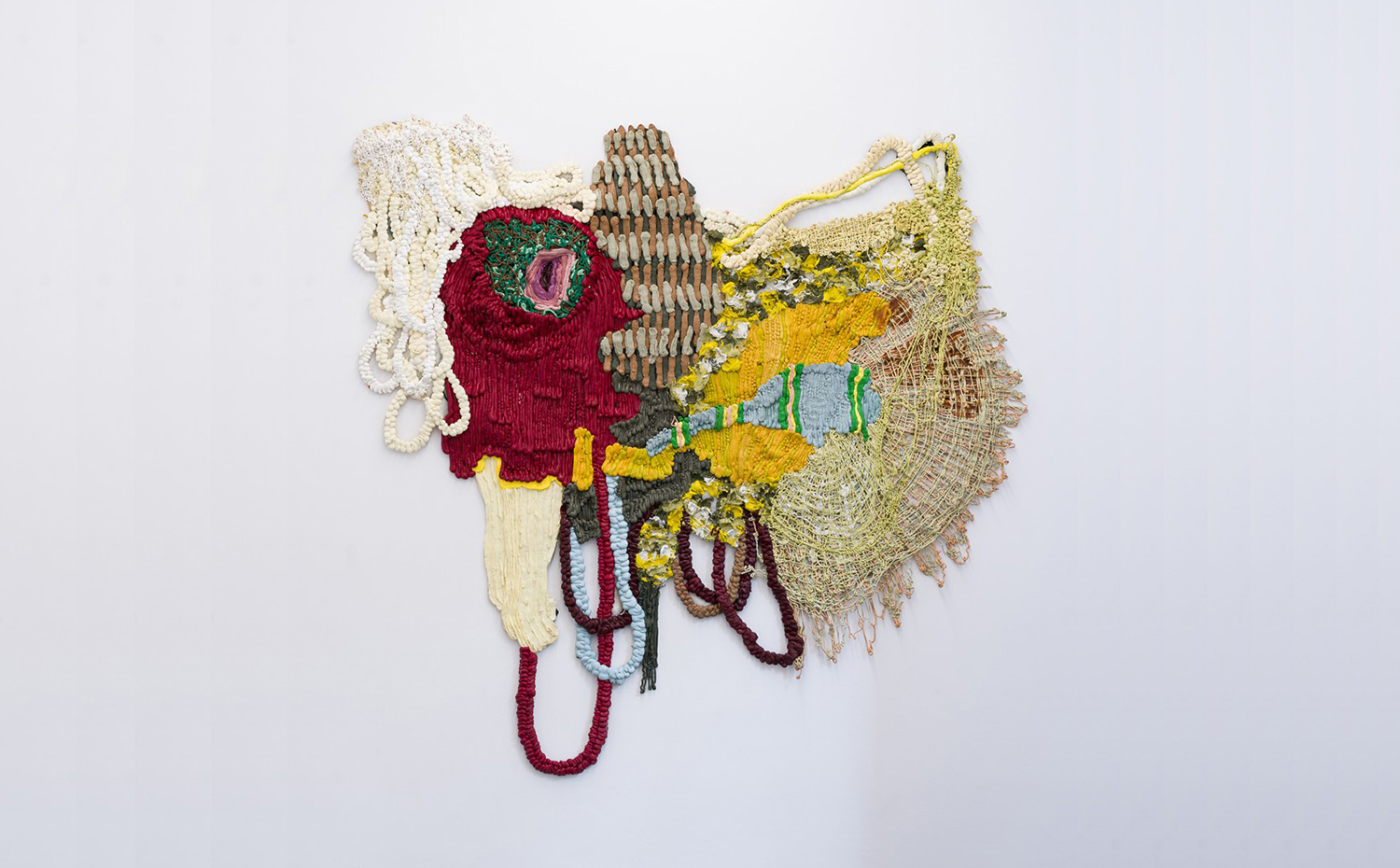
Troy Makaza
It will work, you will not work simple!!!, 2021
Silicone infused with paint. 146 × 154 cm (57.5 × 60.5 in)
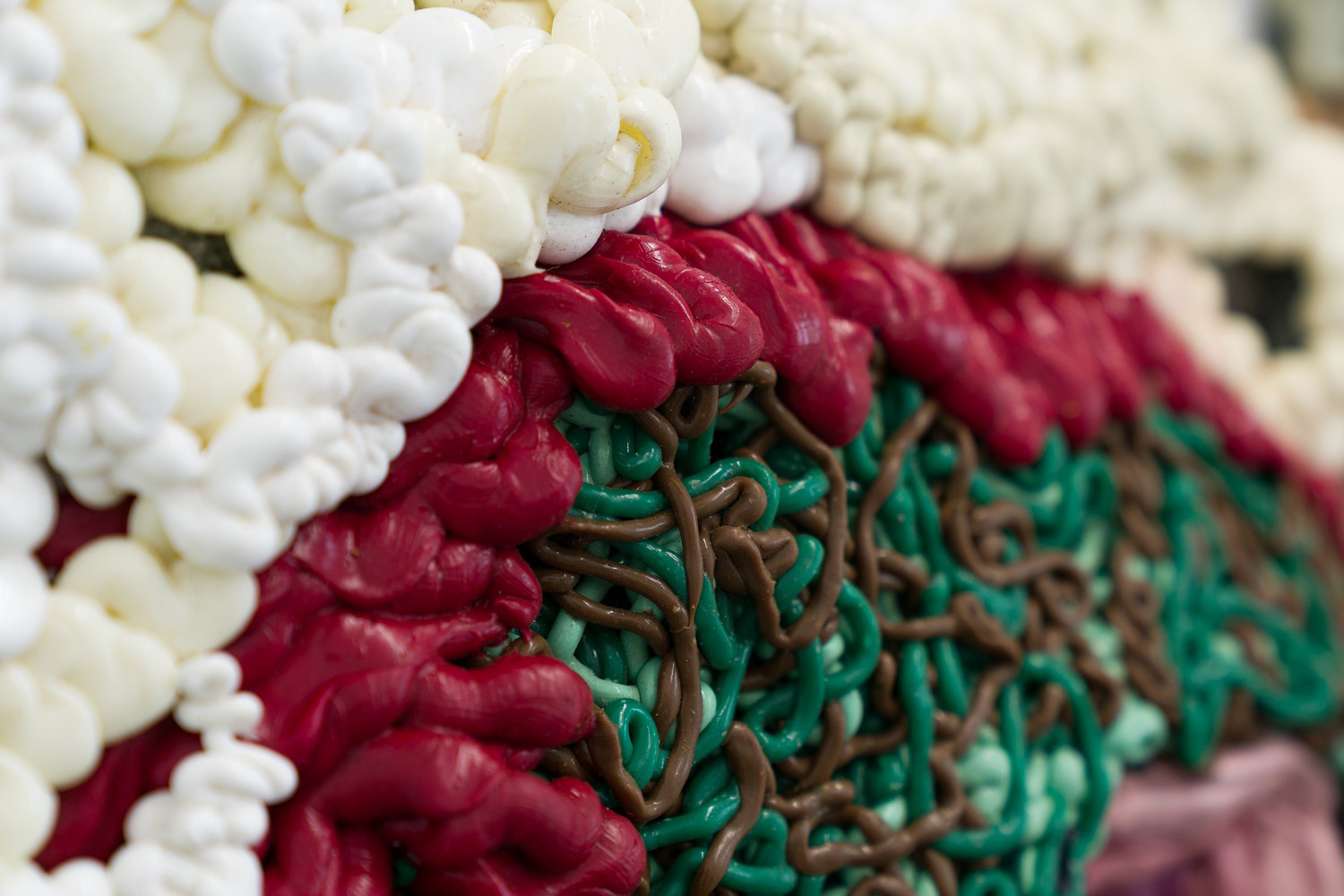
Troy Makaza
It will work, you will not work simple!!!, 2021
Silicone infused with paint. 146 × 154 cm (57.5 × 60.5 in)
(Detail)
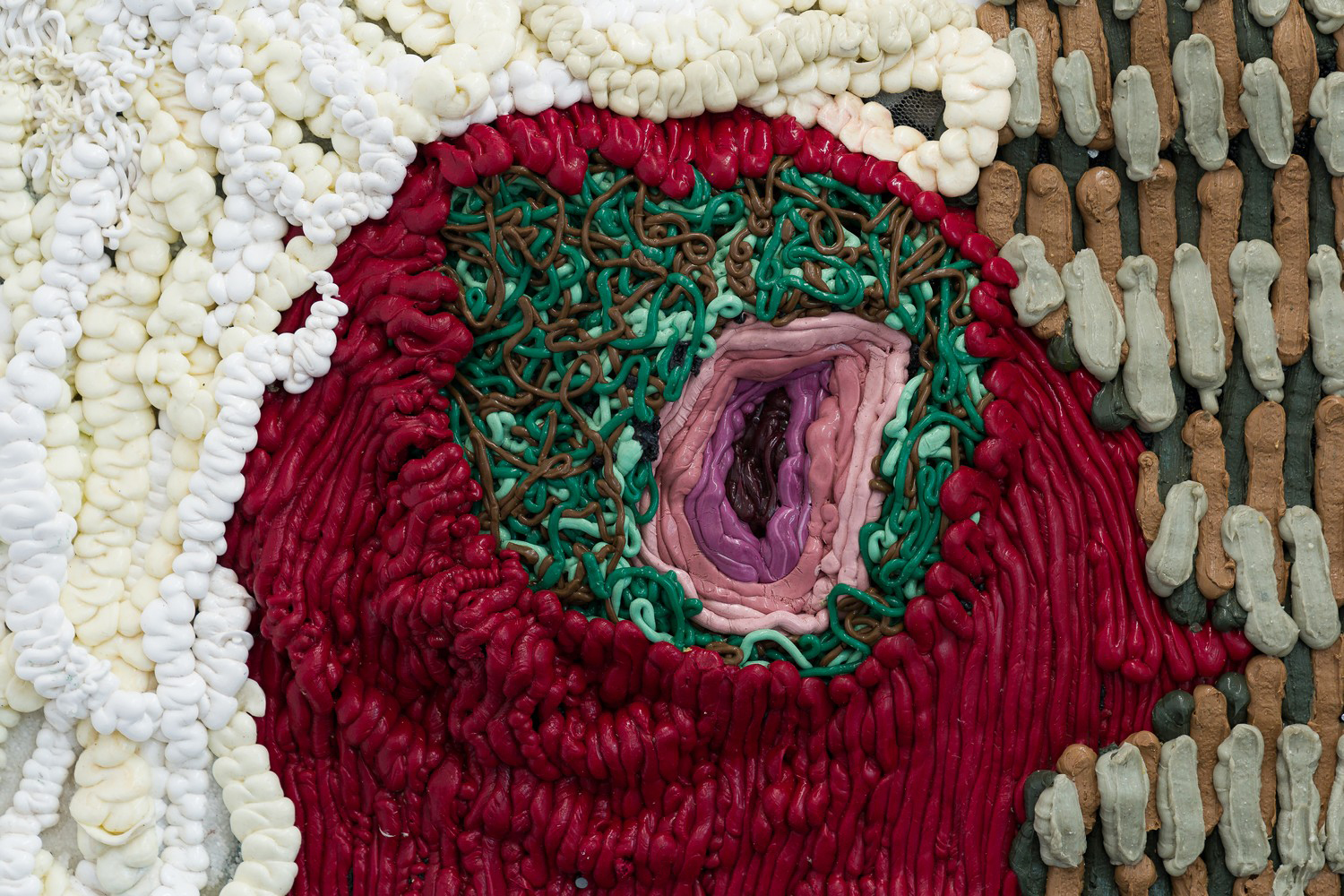
Troy Makaza
It will work, you will not work simple!!!, 2021
Silicone infused with paint. 146 × 154 cm (57.5 × 60.5 in)
(Detail)
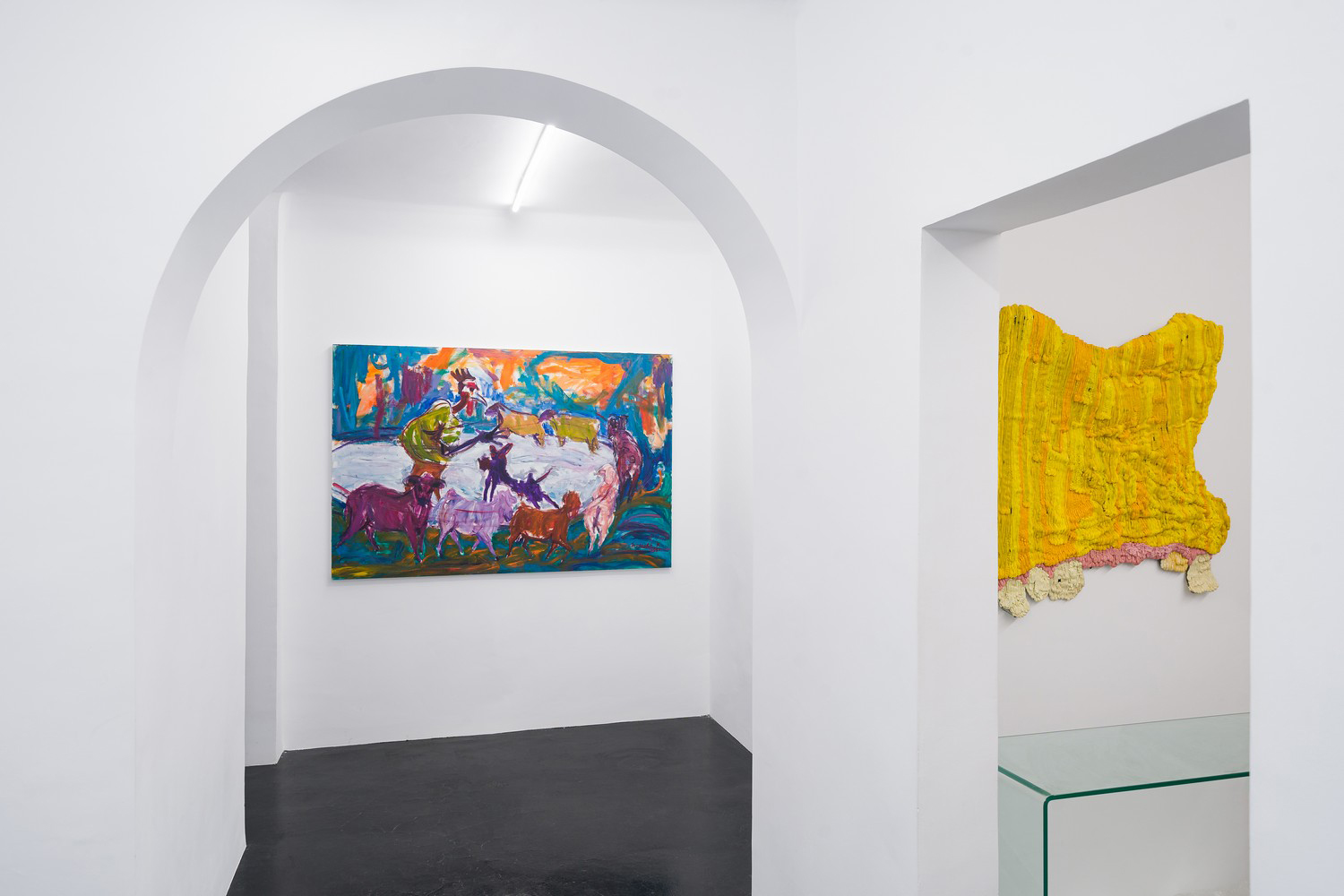
Admire Kamudzengerere and Troy Makaza
Mhoro hwai, 2021 and Tooth fairy, 2021
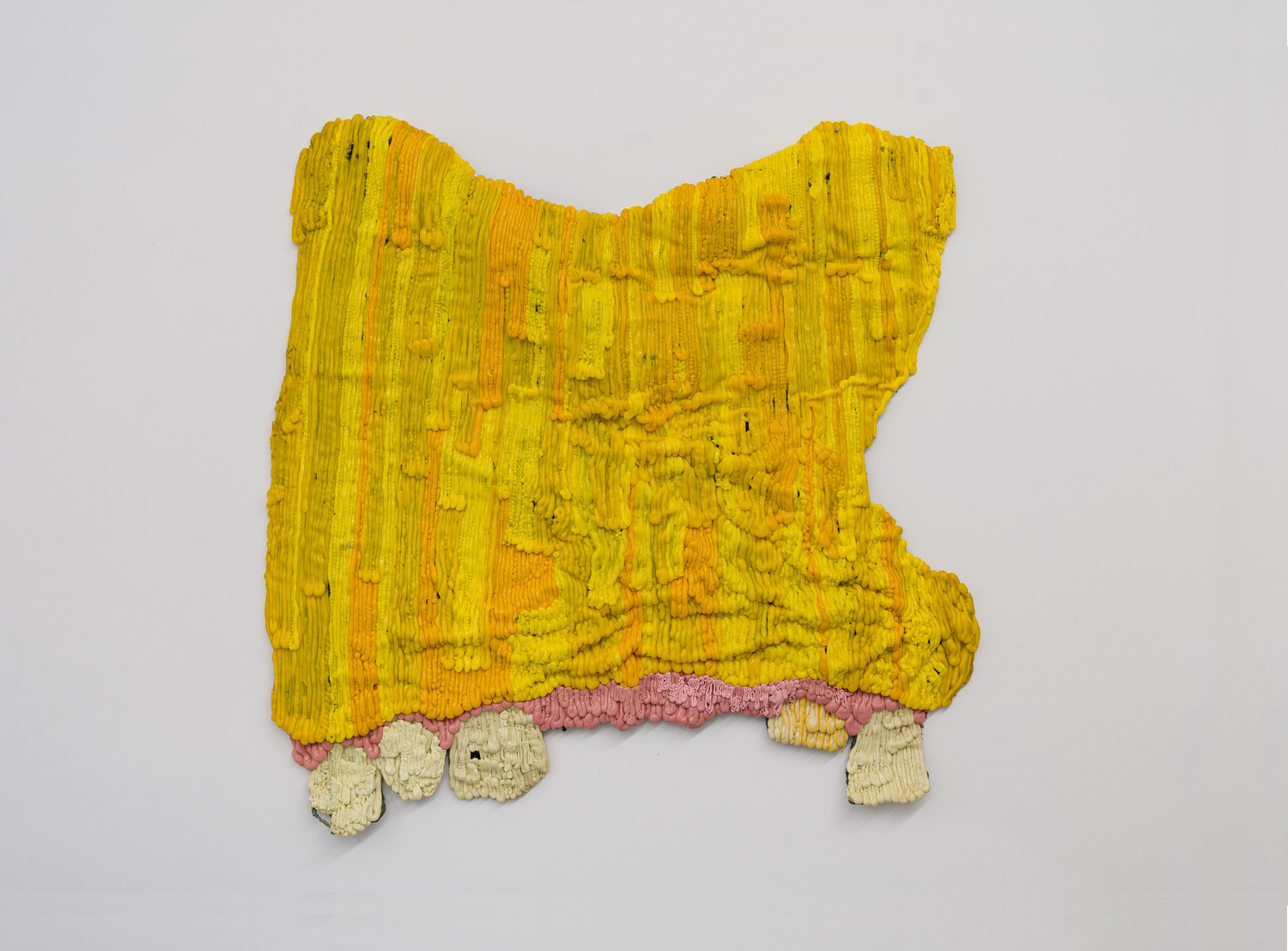
Troy Makaza
Tooth fairy, 2021
Silicone infused with paint. 93 × 92 cm (37 × 36 in)
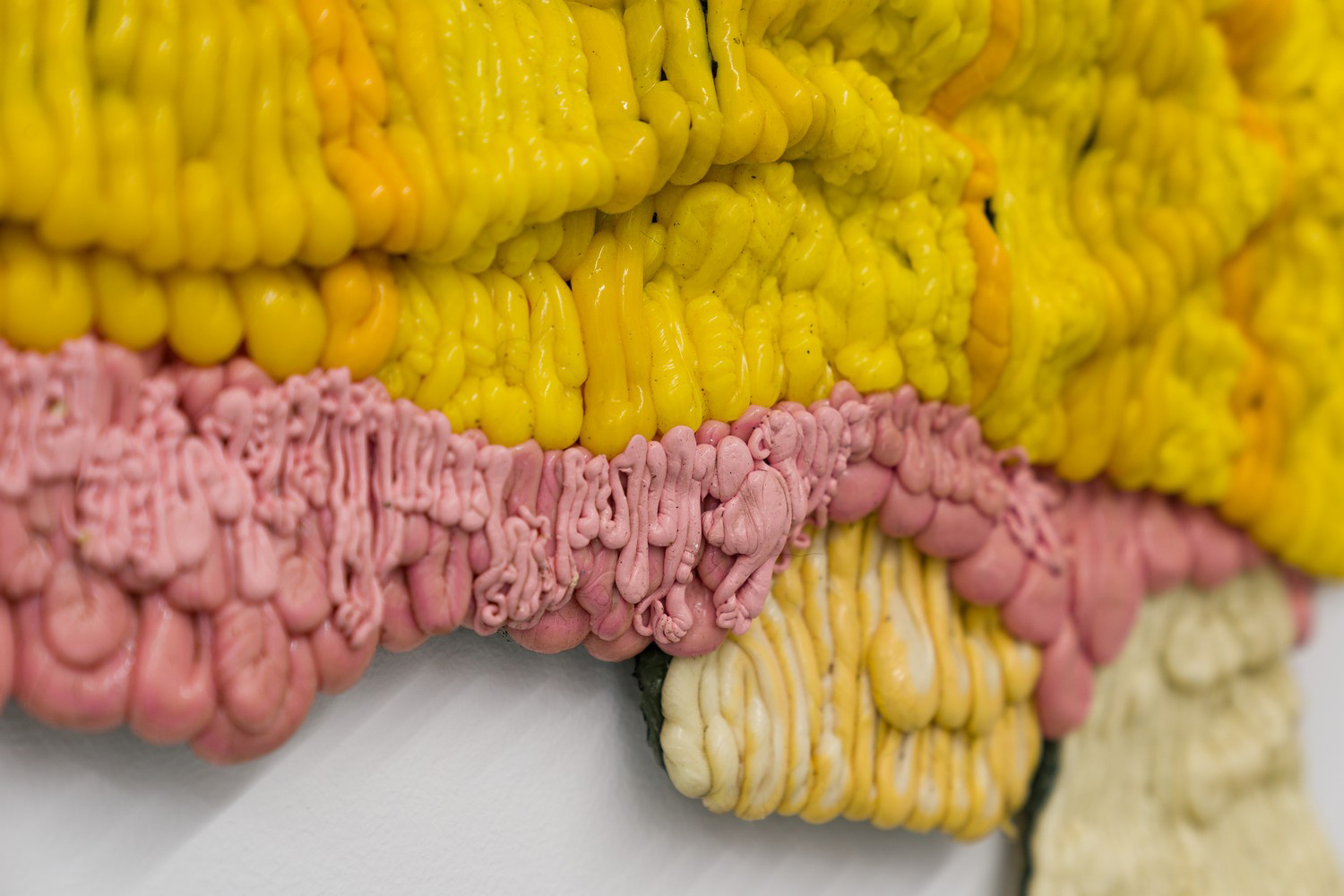
Troy Makaza
Tooth fairy, 2021
Silicone infused with paint. 93 × 92 cm (37 × 36 in)
(Detail)
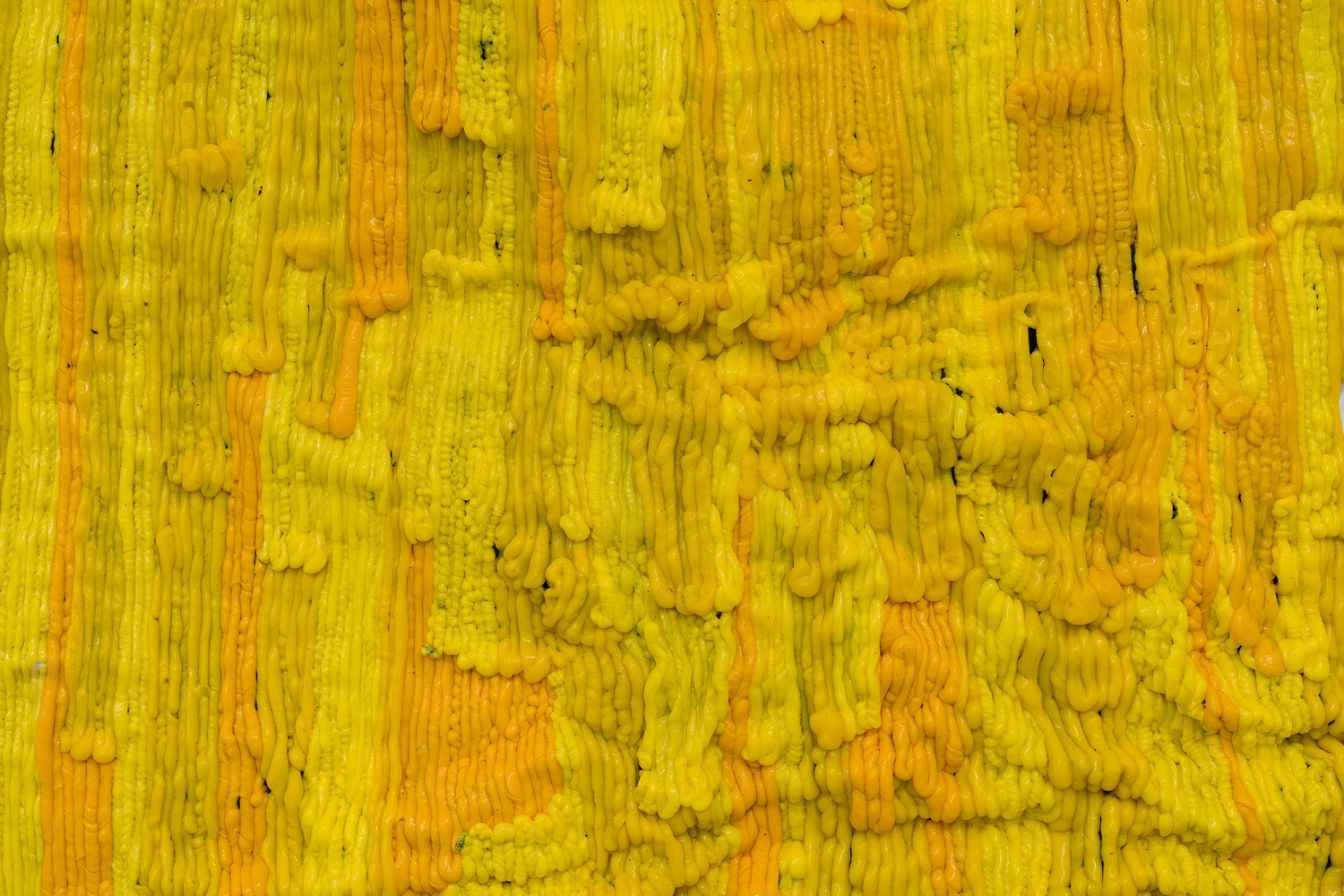
Troy Makaza
Tooth fairy, 2021
Silicone infused with paint. 93 × 92 cm (37 × 36 in)
(Detail)
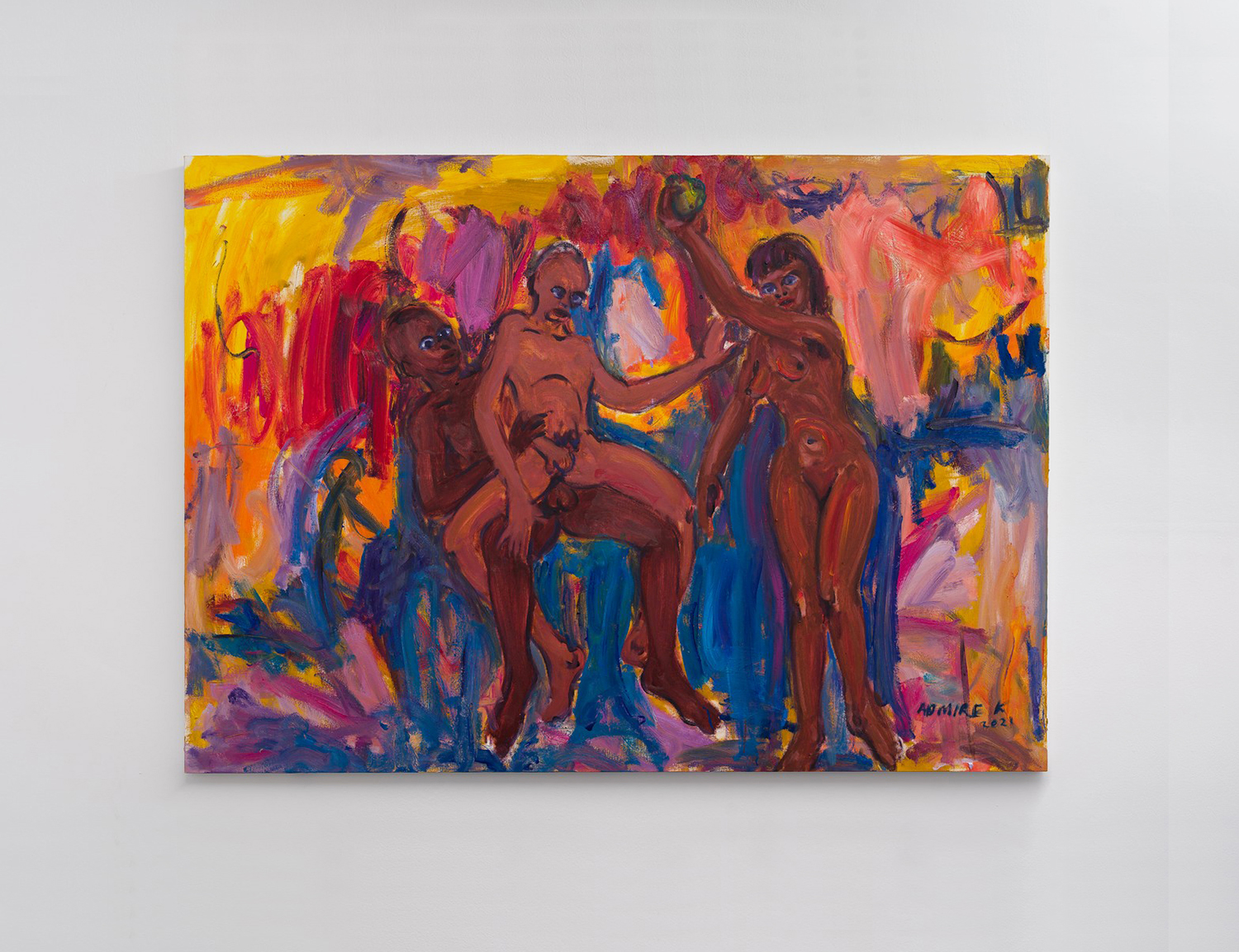
Admire Kamudzengerere
Genesis, 2021
Oil on canvas, 100 × 140 cm (39 × 55 in)
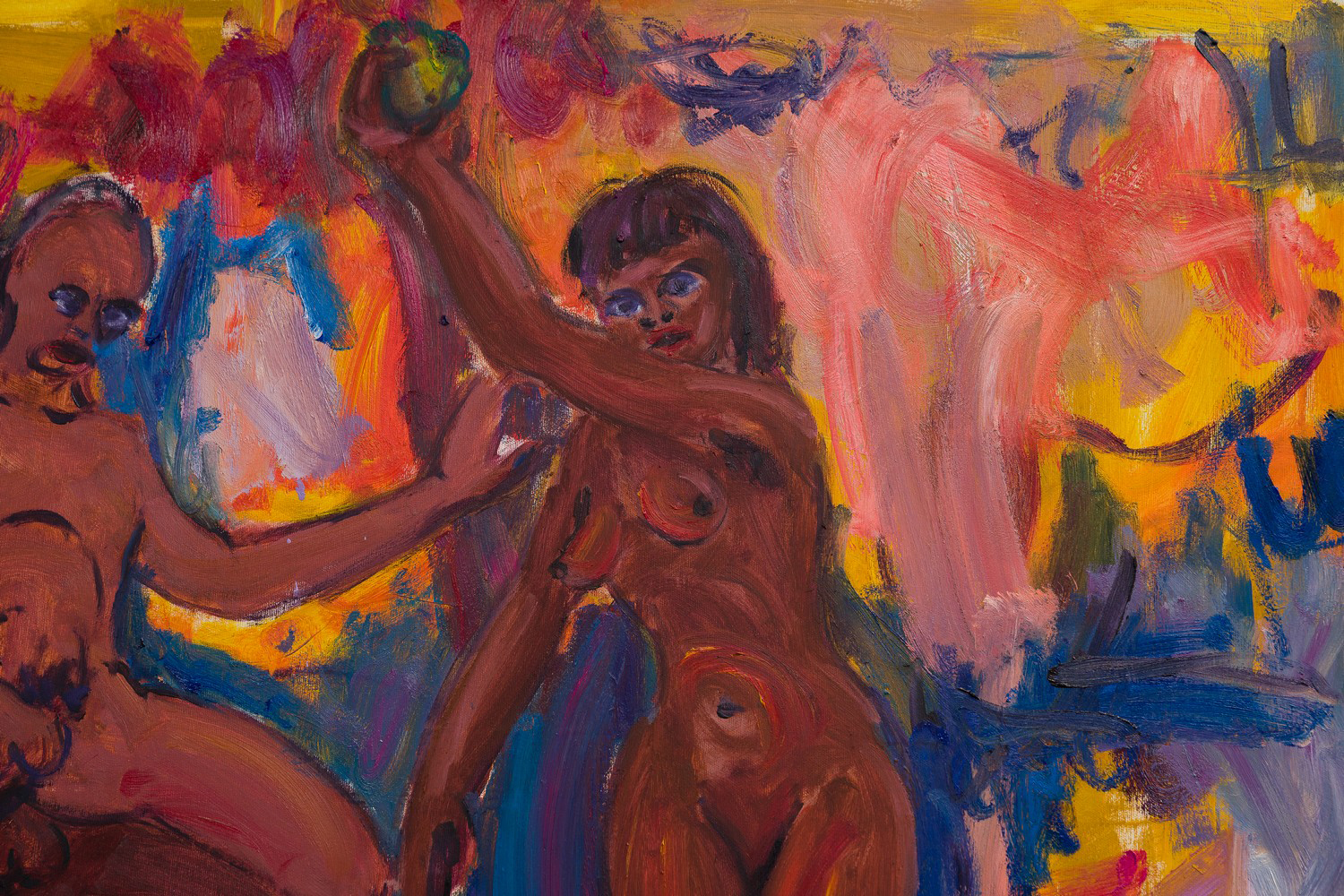
Admire Kamudzengerere
Genesis, 2021
Oil on canvas, 100 × 140 cm (39 × 55 in). (Detail)
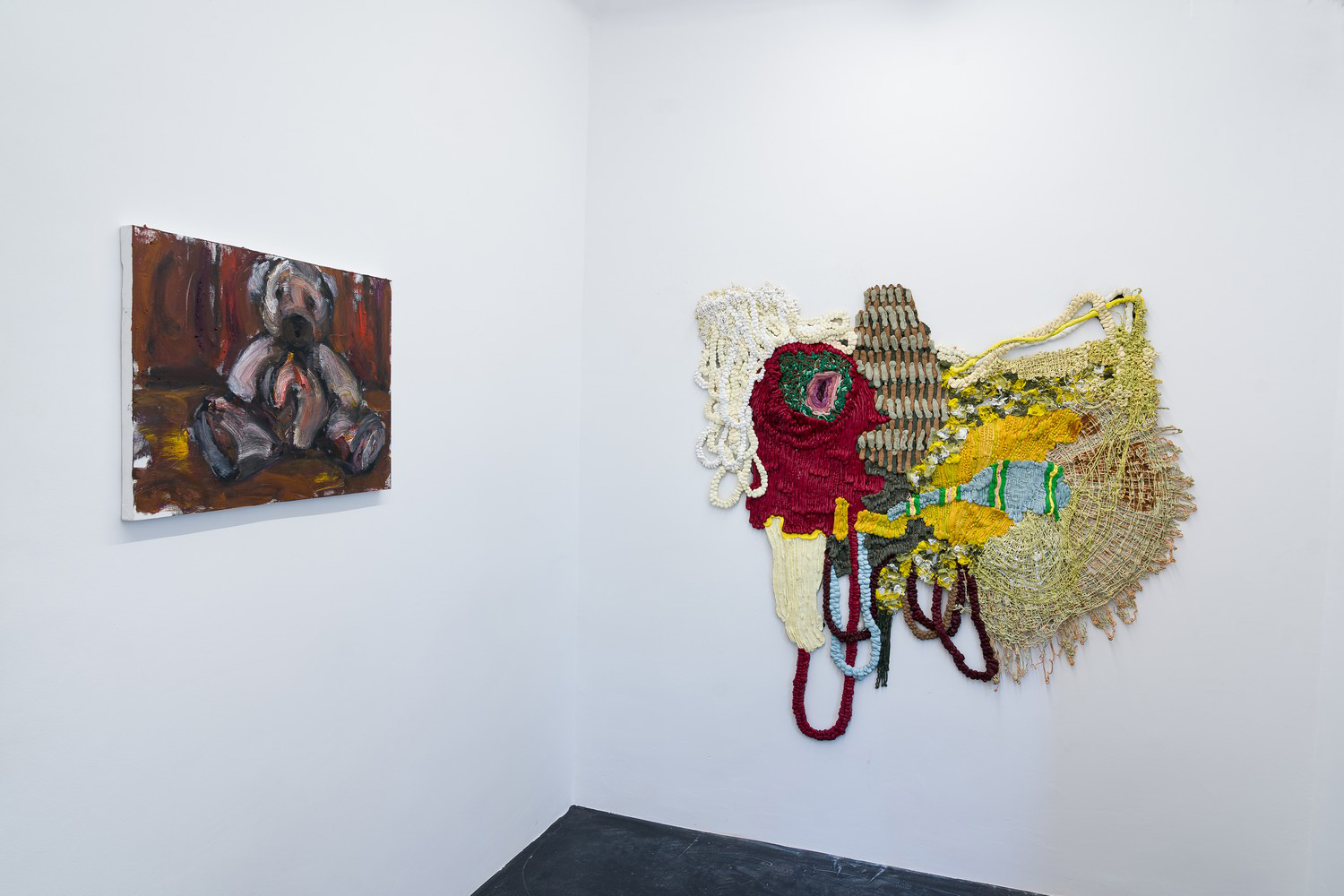
Admire Kamudzengerere and Troy Makaza
Zvimudhori 01, 2021 and It will work, you will not work simple!!!, 2021
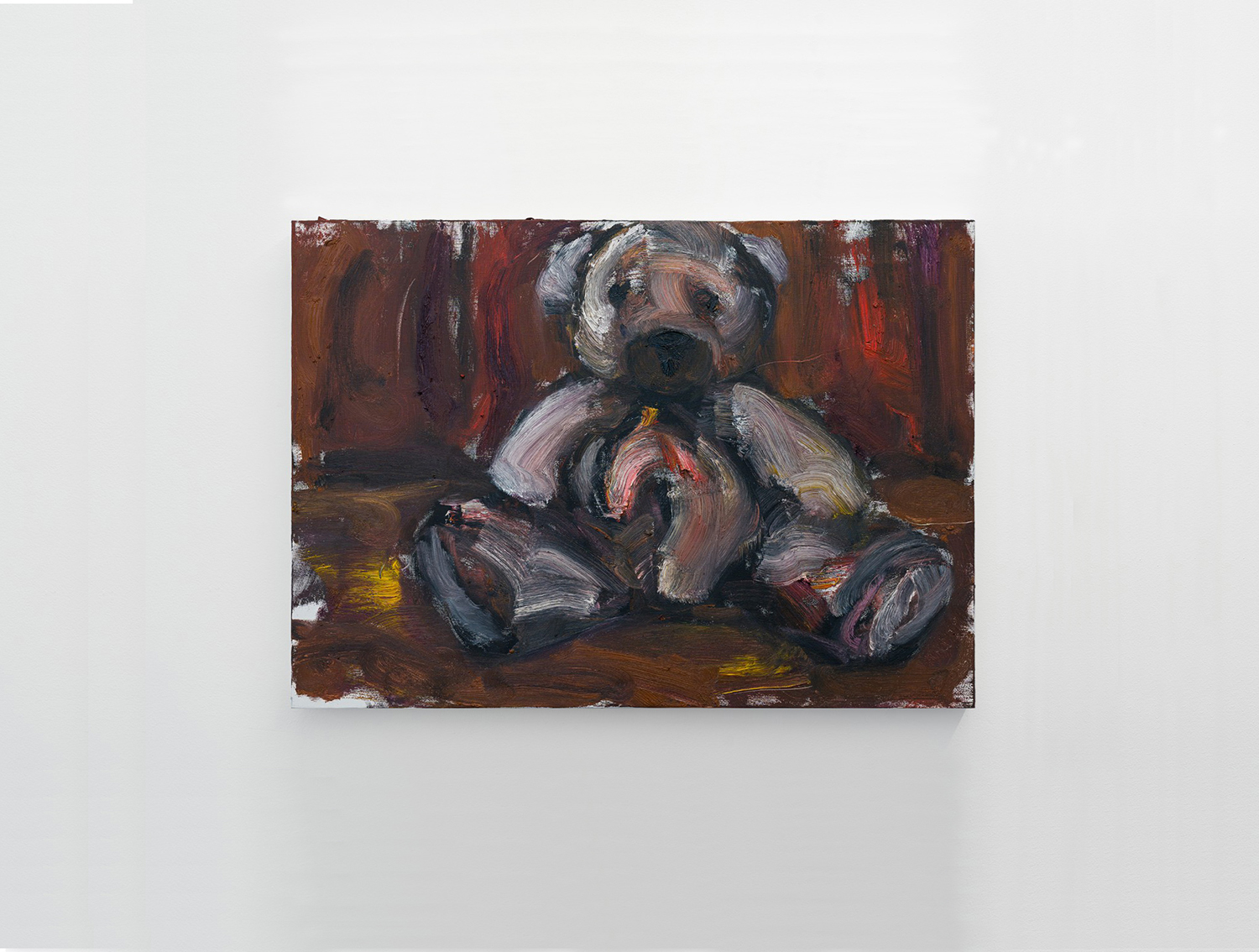
Admire Kamudzengerere Zvimudhori 01, 2021
Oil on canvas, 50 × 70 cm (19.5 × 27.5 in)
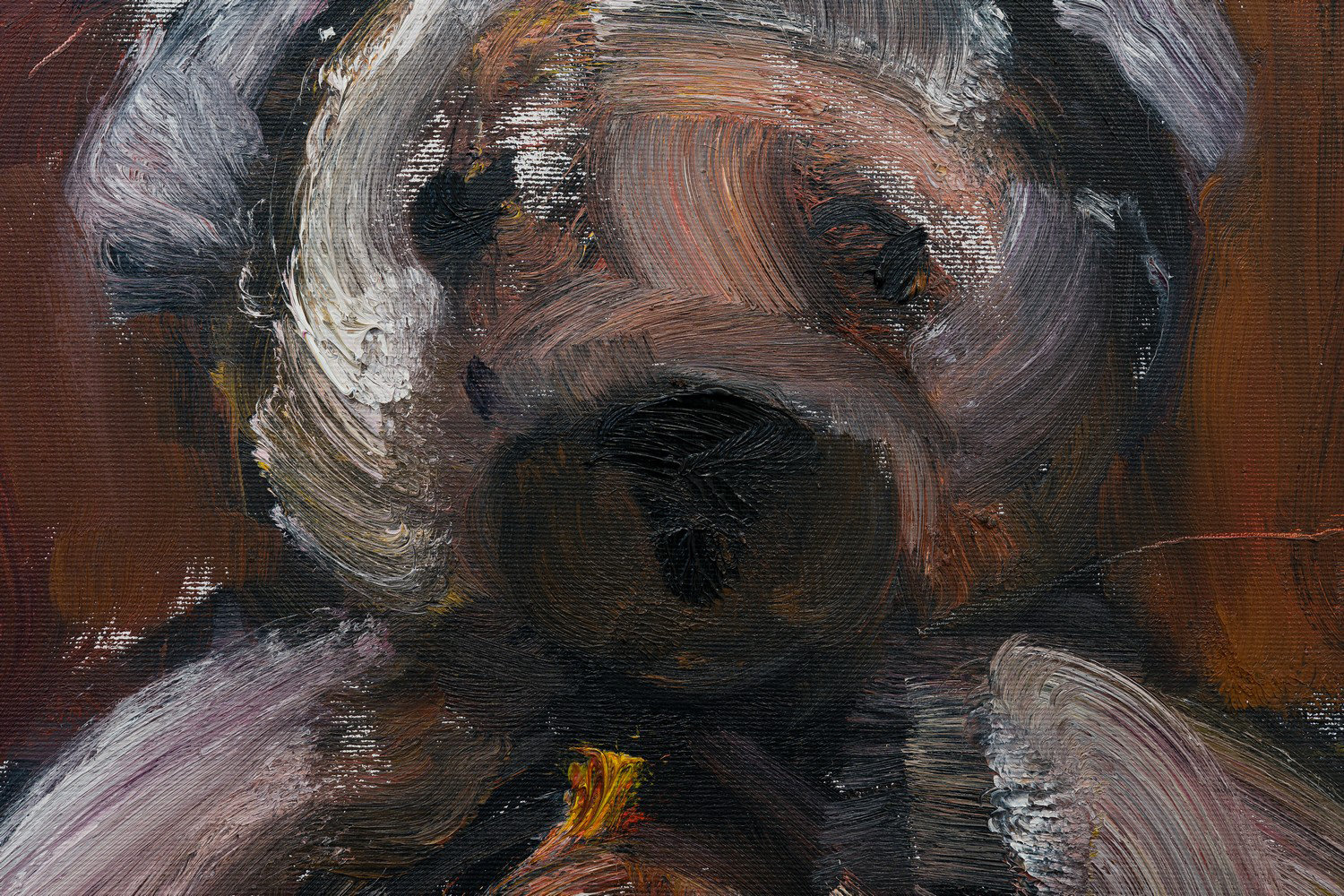
Admire Kamudzengerere
Zvimudhori 01, 2021
(Detail)
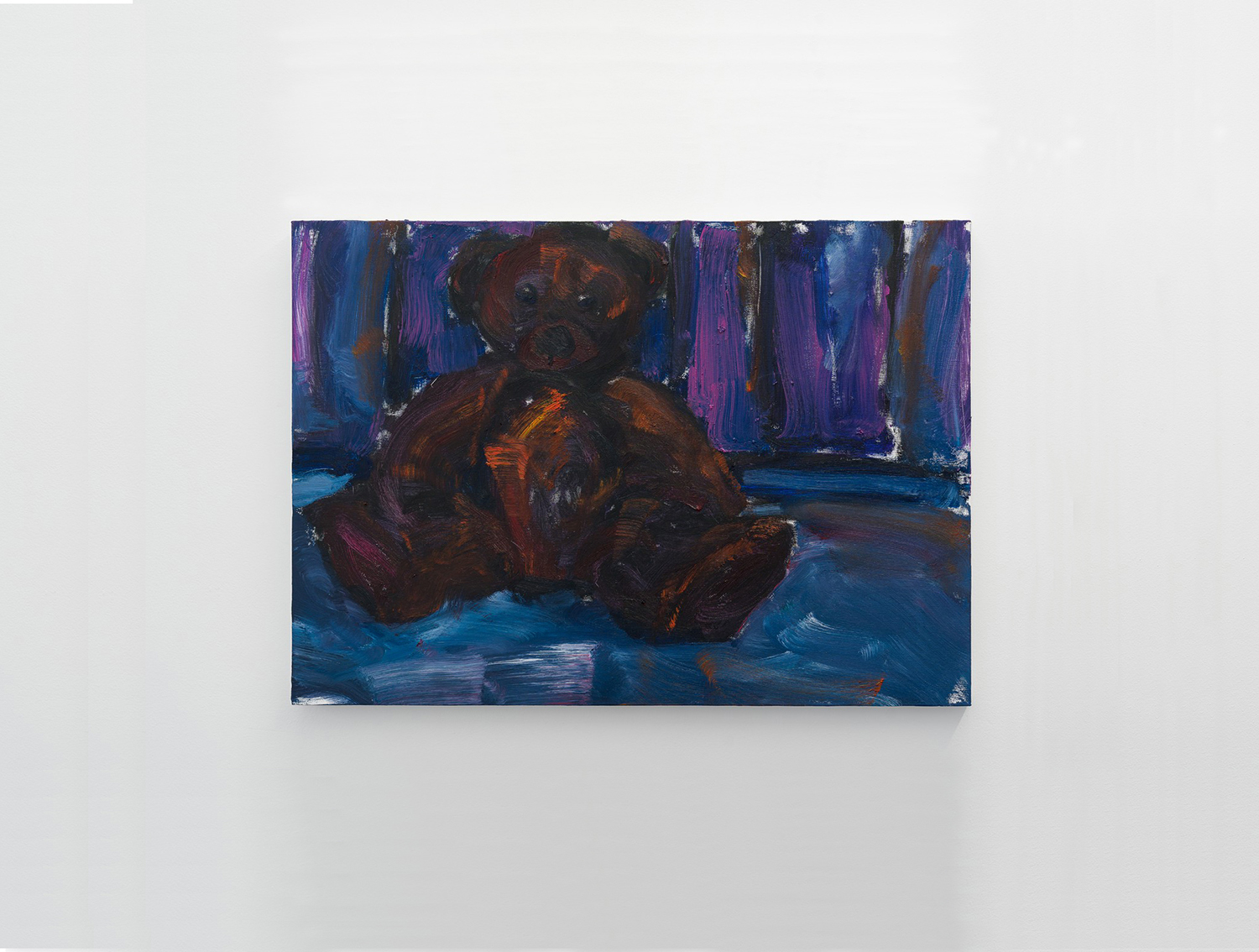
Admire Kamudzengerere
Zvimudhori, 2021
Oil on canvas, 50 × 70 cm (19.5 × 27.5 in)
Admire Kamudzengerere
Troy Makaza
Haipere nyaya yacho
Opening October 9, Bucharest, RO
Catinca Tabacaru is pleased to present Haipere nyaya yacho, a duo exhibition by Admire Kamudzengerere (b. 1981) and Troy Makaza (b. 1995). This is Makaza’s first time showing with the gallery, while Kamudzengerere has been a fixture in our program, international residencies, and biennial participation since 2015.
Spanning two decades of Zimbabwe’s born-free generation (those born after the 1980 independence from Rhodesia), while also a part of the broader millennial generation, the two artists address the reckless disregard for the future of both the Zimbabwean and global youth. Here, they draw connections between post-colonial Africa and post-communist Eastern Europe. The works speak to the false hope and resulting disillusionment created by the often authoritarian and always corrupt rule of the current leadership.
Dressed in bold, delicious colors, Kamudzengerer’s rapid and violent mark-making side by side with Makaza’s surprising, even rebellious use of silicone, offer the viewer room to breath into other parts of the works, those more poetic, more ambiguous, less political; to explore narratives parallel to the underlying image of a snake swallowing its tail.
The exhibition title translates to the story does not end there. It is a hopeful stance, one the born-frees hold, regardless of much evidence proving otherwise. Like much of the world’s young generations, the two artists refuse to accept that what the old guard wants (often acting in its own interest) must remain the active systems of our near future.
In each room of the labyrinth-like Gallery space, Kamudzengerere’s return to painting brings with it the energetic and intense mark-making distinctive of the large monotype portraits with which he represented Zimbabwe at the Venice Biennial in 2017. This intuitive approach and deceptively casual brushstrokes render dreamlike distortions of the artist’s reality. Creating an unsettling atmosphere, these pictures mock structures of power and influence, laying bare their ultimate hypocrisy.
As an antidote to Kamudzengerere’s raw figurative paintings, Makaza contributes an abstract vision. The silicone relief paintings come to life as they fold and bend, colorful mosaic-like textures revealing tensions between thick and delicate, smooth and explosive, experimental and pre-meditated. Makaza muses that the flexibility and resilience of the silicone is a reflection of his comrades’ lives, requiring an adaptability critical to navigating the constant instability faced in contemporary Zimbabwean life. But, as much of his young generation does, he too calls for freedom. As our eyes travel across their surface, we spin tales of alien topographies; of delicious poisonous cakes; of blankets from a dream that comforts our journey through this dead of night. They are, and become, what we want them to be.